Specifications and Main Features
- Metering system: Same metering system as in F90, “N90”
- Film speed setting:
(1) Film speed is automatically set at DX mode. Non DX-coded film turns on the alarm indicator and restricts access to the shutter.
(2) The camera is capable of manually setting film speed, and does so when a DX-coded film is in the camera.
- AE lock:
(1) Retaining exposure info when AE lock button is engaged.
(2) P, Ps, S, or A mode : the BV value is locked.
(3) Exposure indicator displays the previous memorized condition when AE is locked.
(4) AE lock is disengaged when pre release timer is switched off about 8 seconds after the AE lock button is released.
- Sequence control:
- Shutter, mirror, exposure and film advance are sequenced by a motor.
- Sequence errors:
(1) Indicators warning against timeouts during active mirror and shutter operations.
(2) Recovery operations when the system has gone into error ‘Lock’ states are described.
- Film advancement:
(1) Film delivery and stopping accuracy are affected by pulse signals.
(2) In quiet mode, rewind speed is slowed by 60%.
- Shutter:
- Constructed with nine blades being four aluminum front curtain blades and two aluminum and three plastic rear blades.
- AE bracketing and SB bracketing:
- Adjustments of an exposure level and TTL flash output level, underexposure, and over exposure with ranging continuously for both types.
- Following Self-timer Photography: Timelapse Self-Photography. - The camera has AE value memorization set at the time of activation, additionally the bulb mode controls are supported. - Current consumption is displayed for different modes of the camera, ie OFF state<504 μA and ON state while Frame Advancing <700 mA.
Frequently Asked Questions
- N90- how does the meter reading system of the camera works?
The same metering system as that in the F90 camera, is metered in this n90 camera.
- How does the film speed setting function?
The film speed is set to DX mode and is activated by using a film coded to DX mode. If a film that is not coded DX is used, alarm indicator goes on and the shutter release gets locked until a suitable film is used.
- What do you accomplish when the AE lock button is engaged?
Upon pushing the button down, it accepts the exposure data and footholds that for the duration which the button remains depressed then exposure is varied on the held value.
- What can be done when camera shows an error indicator?
If the shutter release function is inhibited, the user can OFF the power through the switch and then ON to restore the functionality.
- Does the camera in film rewind mode operate noiselessly?
Yes, the speed of film rewind when in silent mode is reduced to 60 percent so as to reduce noise.
- How is AE bracketing applied?
If ae bracketing is applied, then while taking the pictures the exposure per frame can be adjusted so the range will go from less meant to more meant.
- What is the current consumption power of the said camera?
OFF state current consumption is less than 504 μA.
During function specific operations, moving target displays could require less than 250mA of energy while advancing frames have an upper range of 700mA as a supply voltage.
User Manual
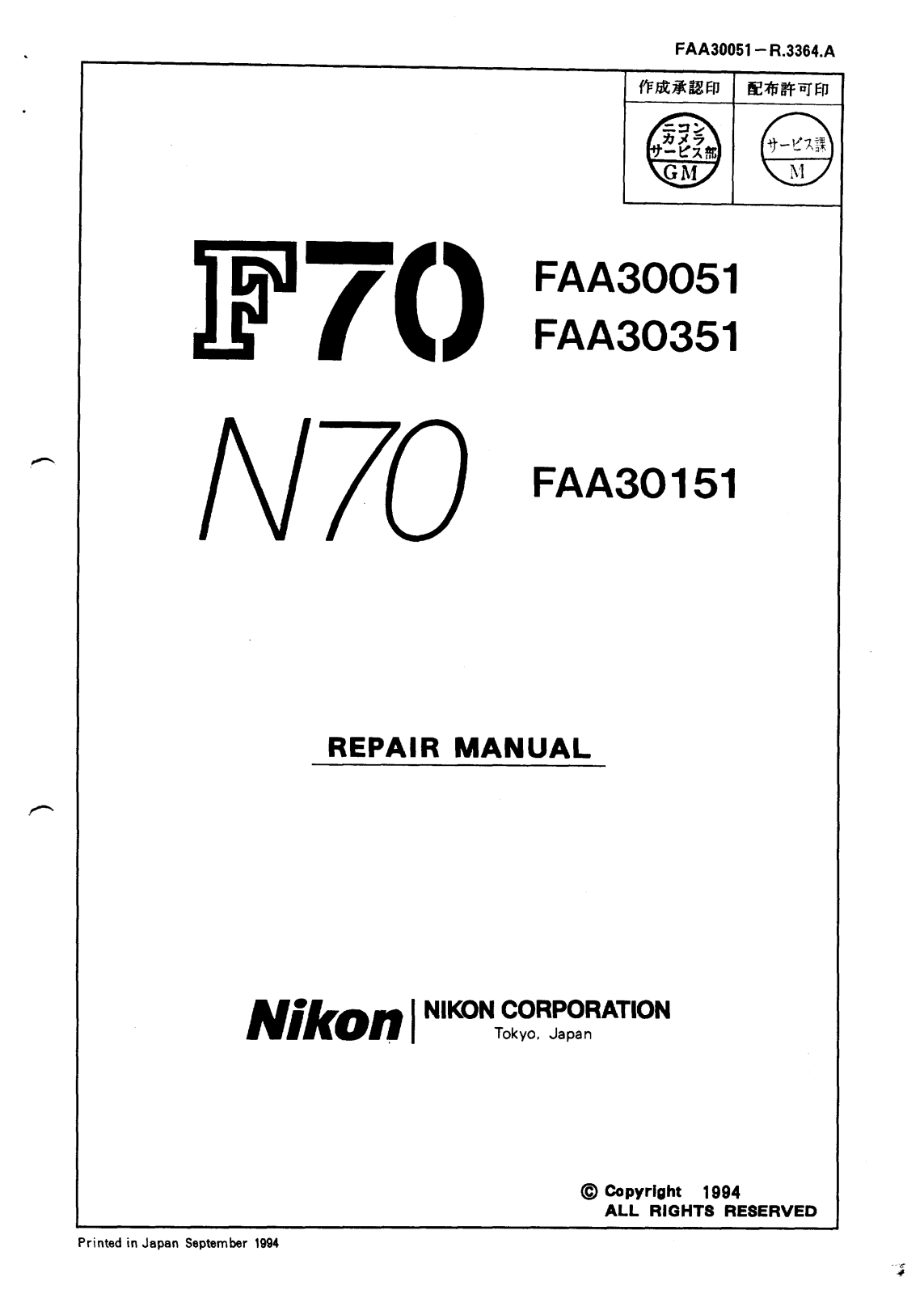
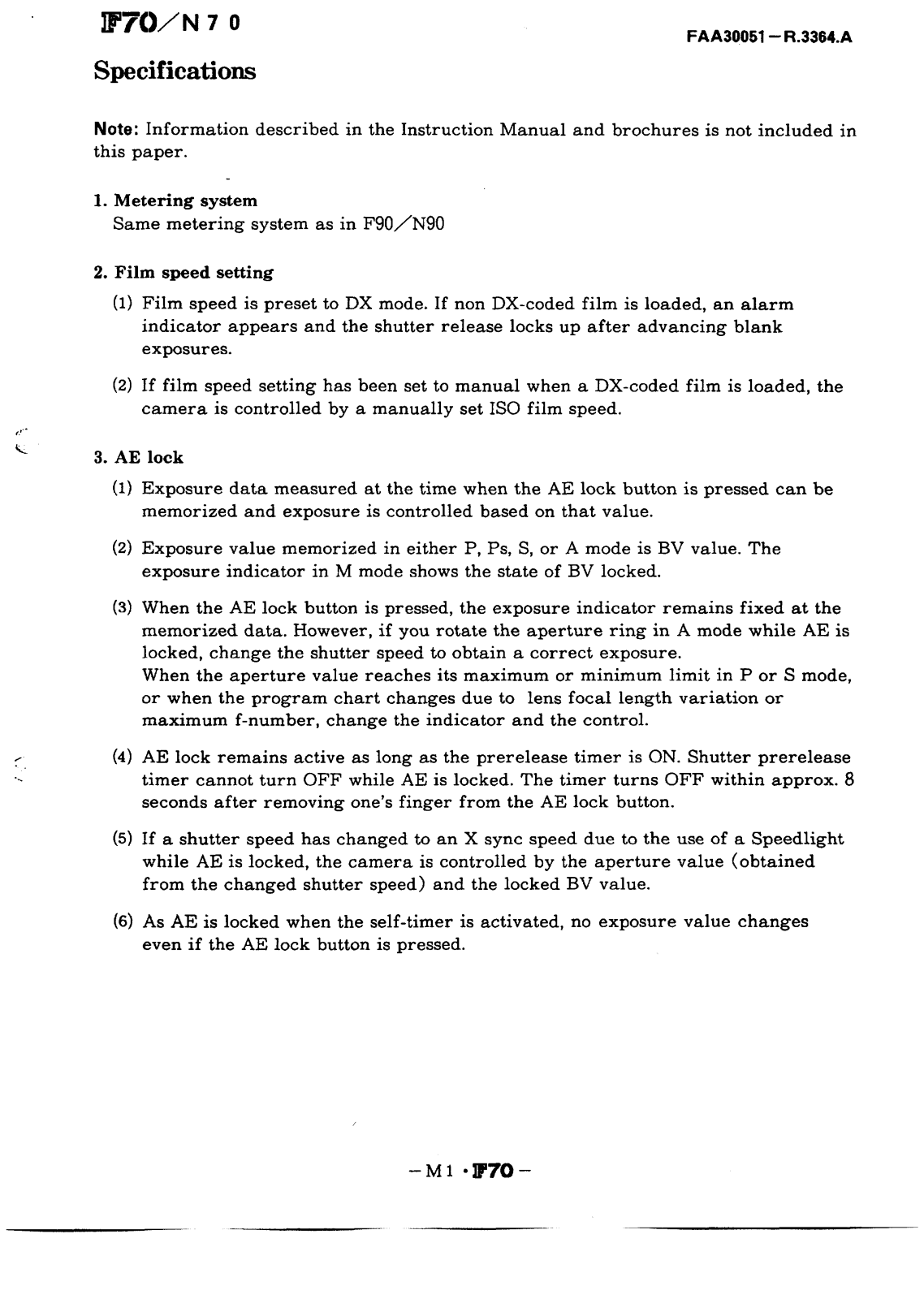
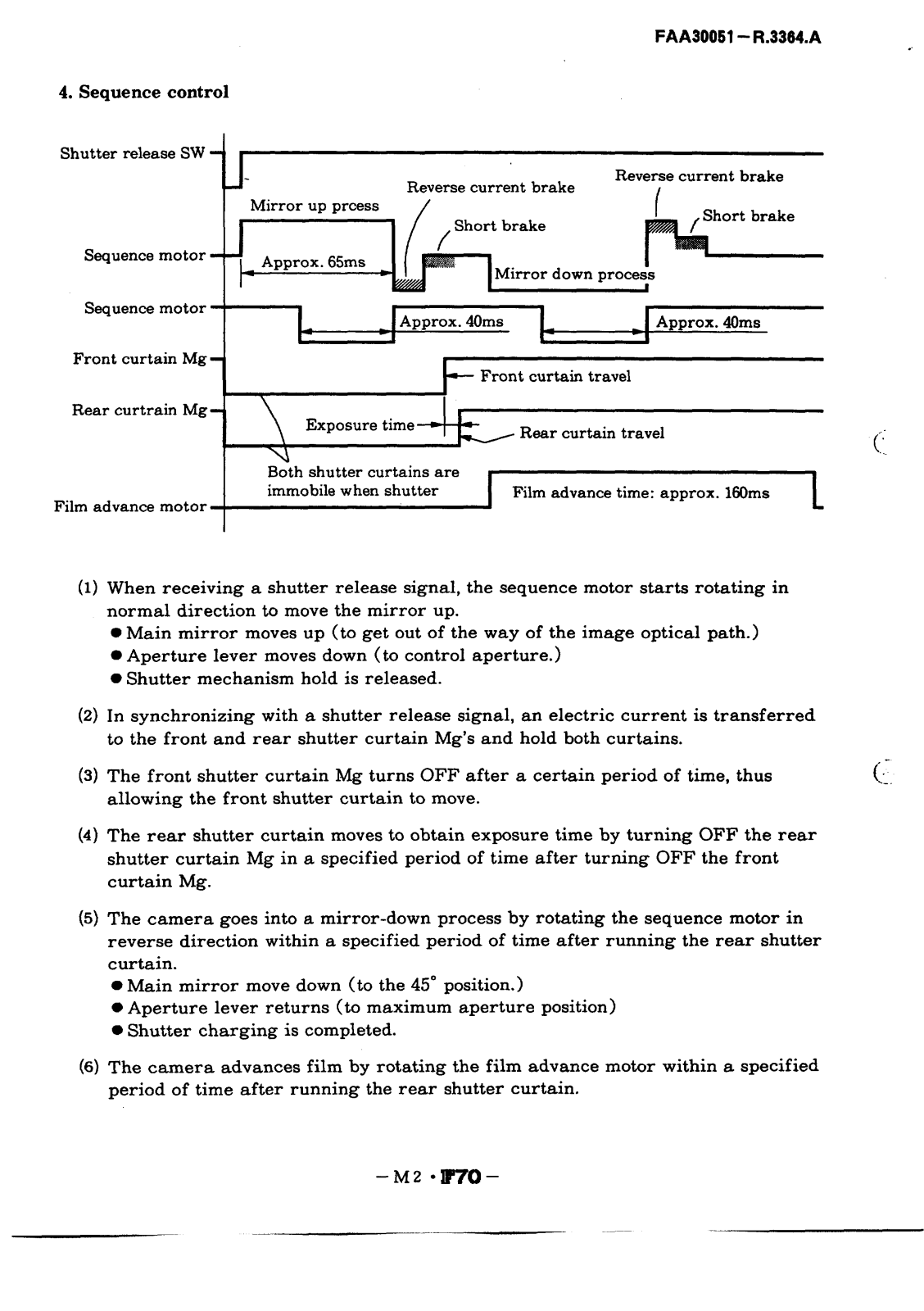
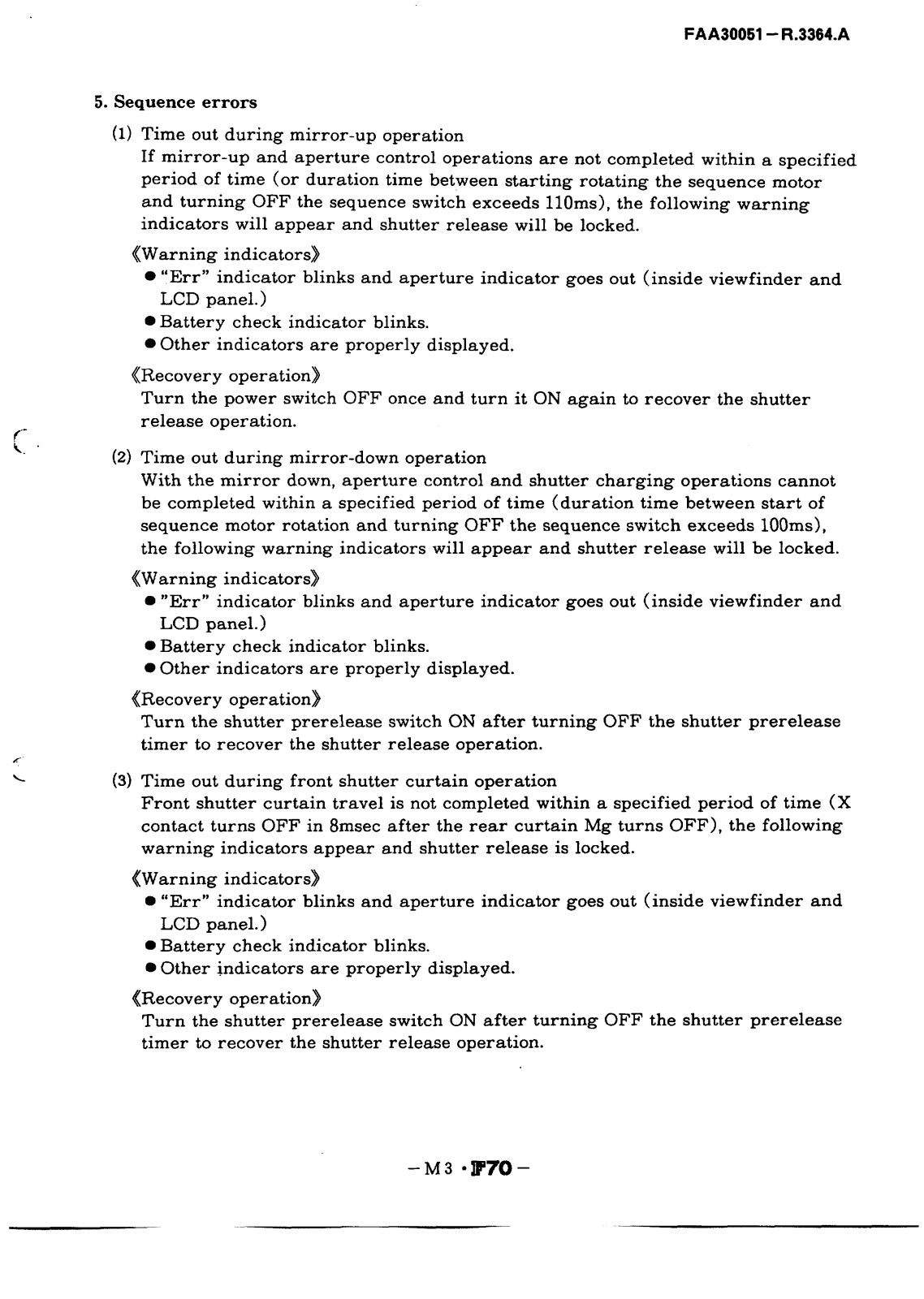
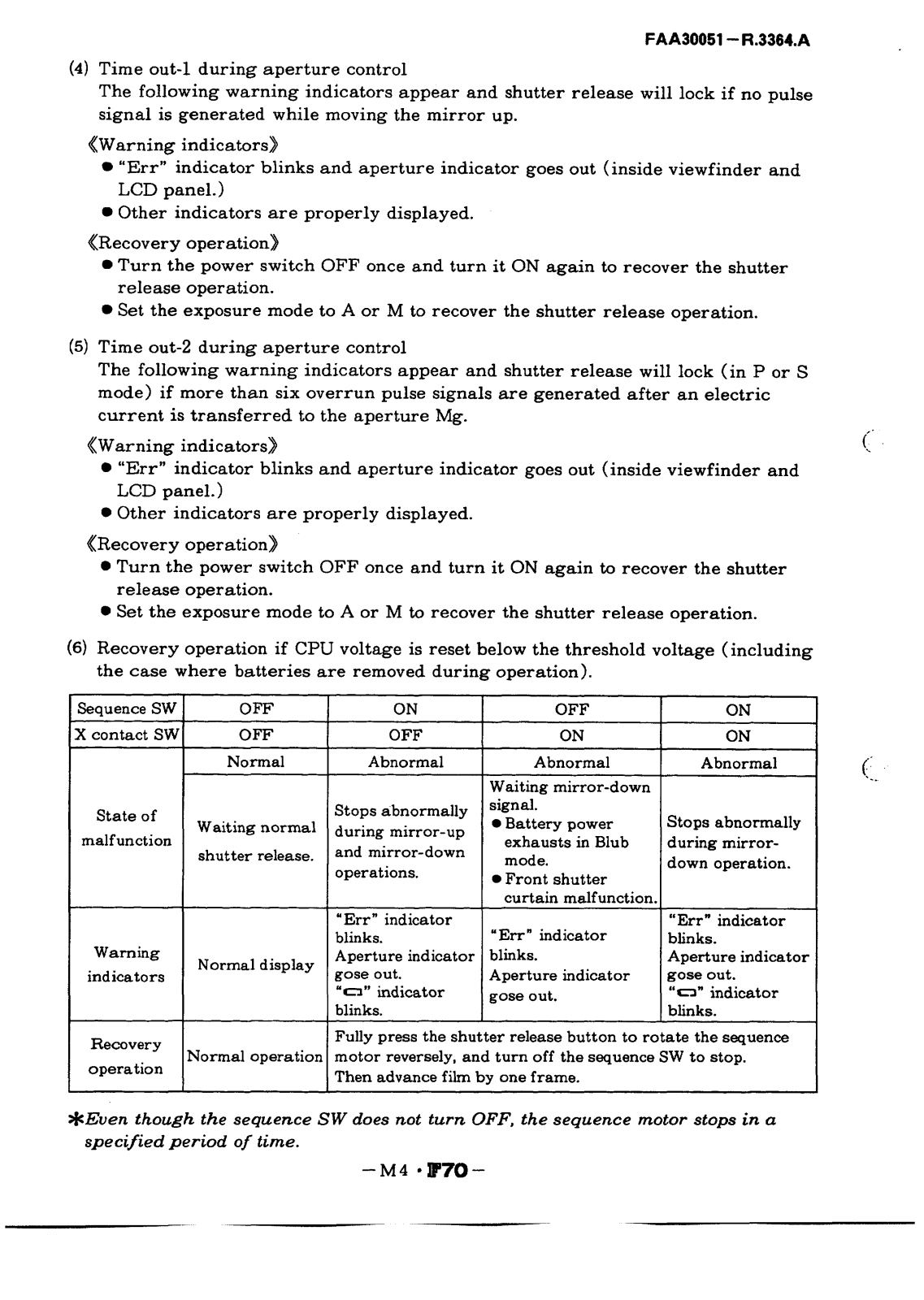
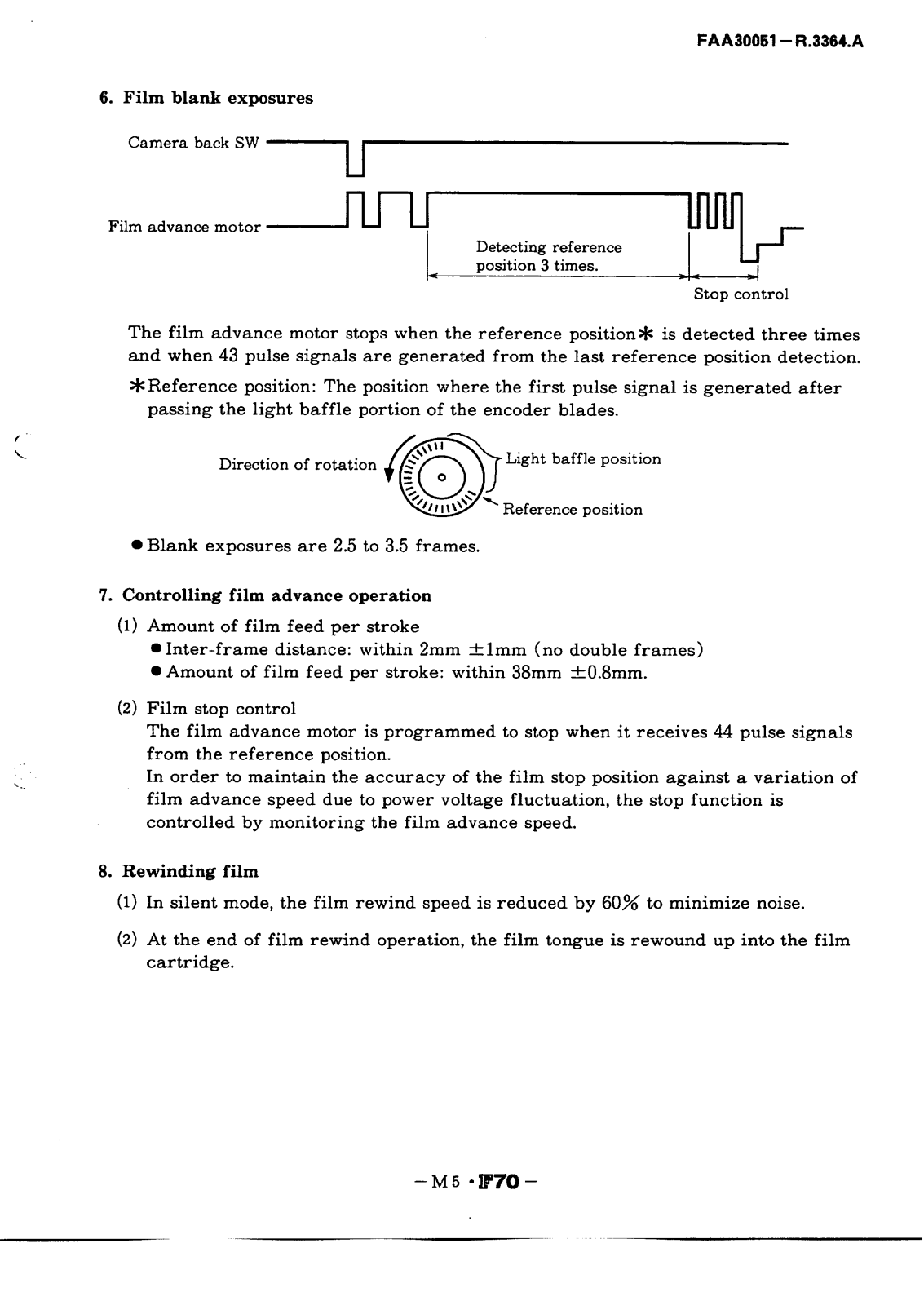
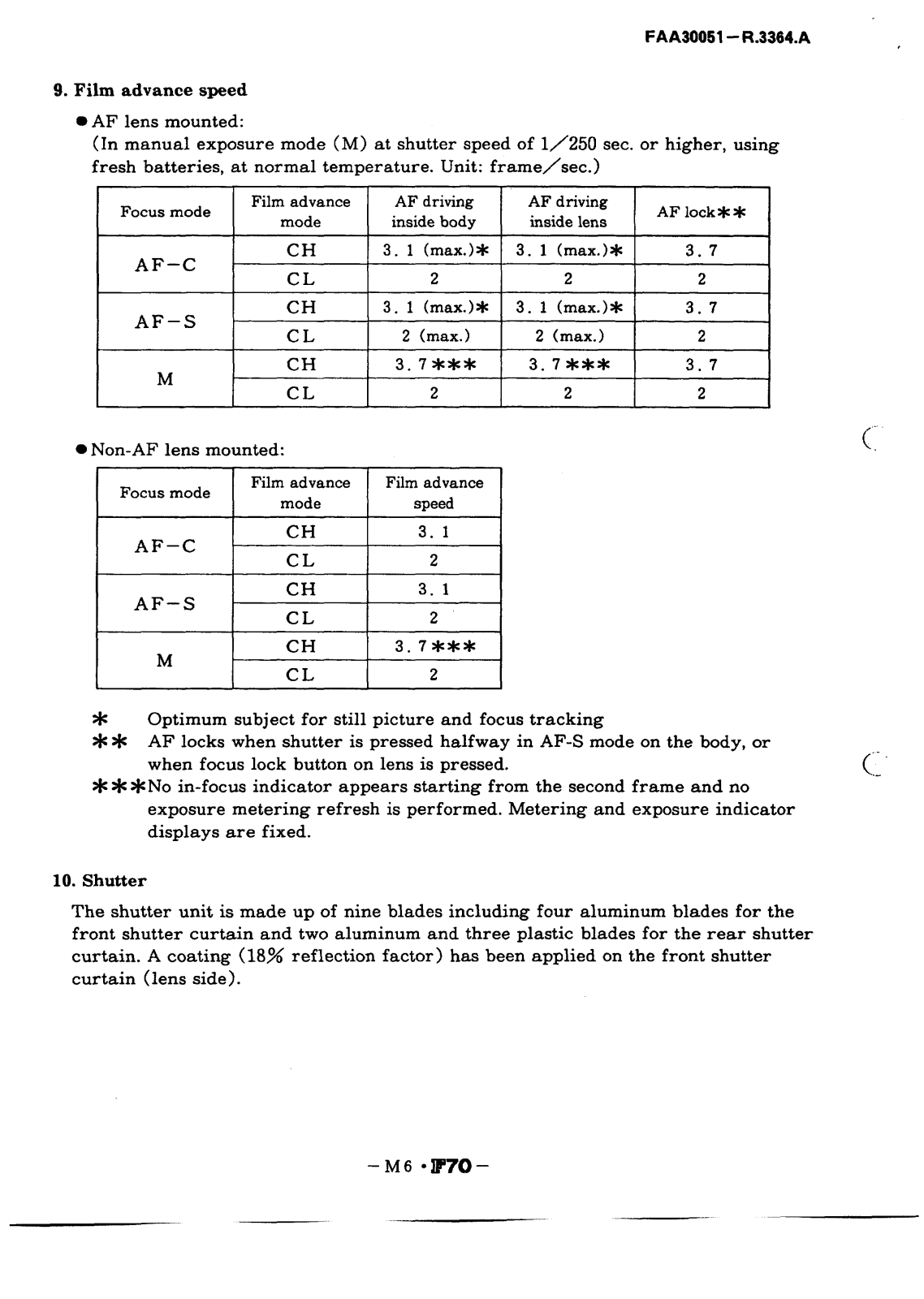
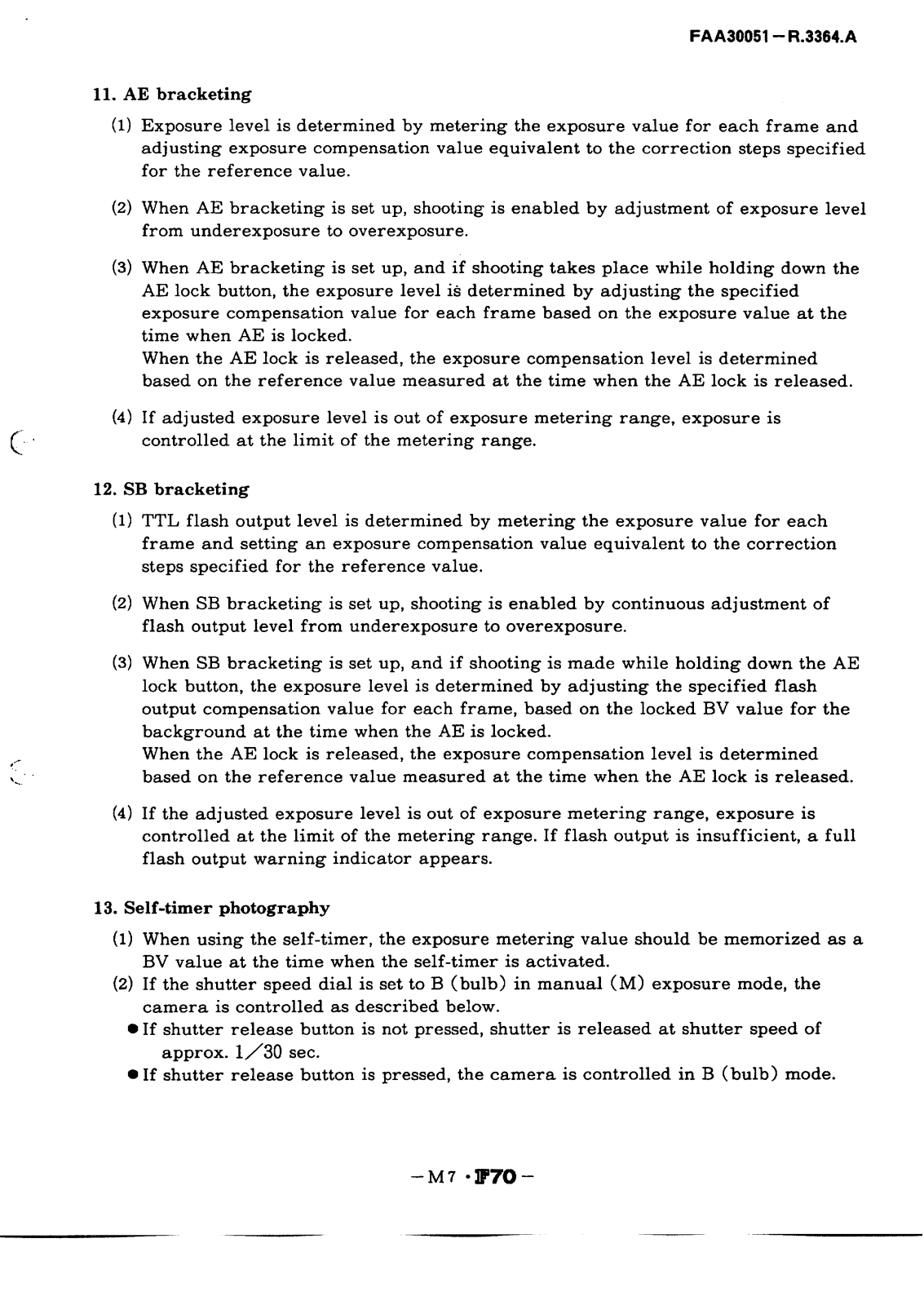
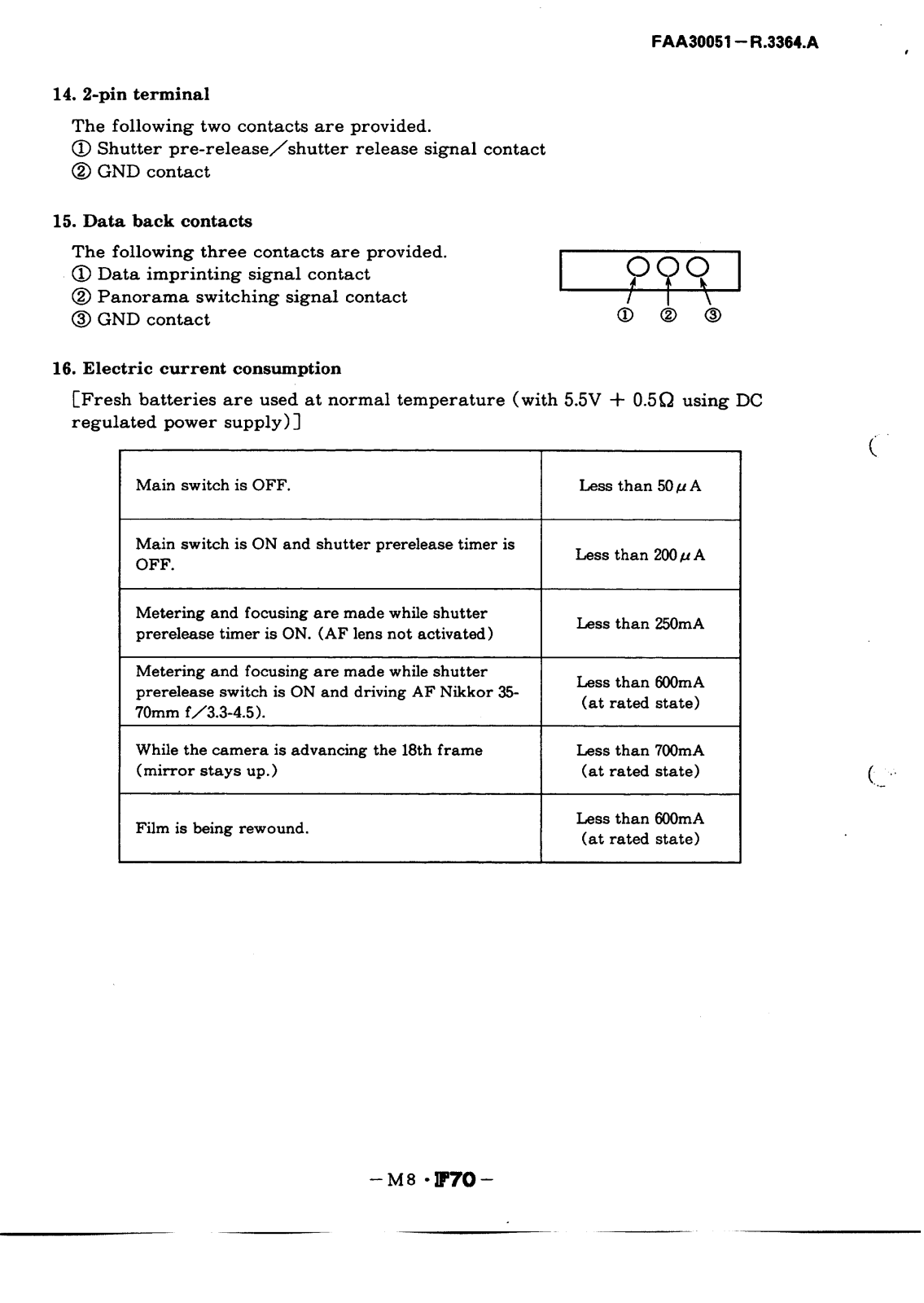
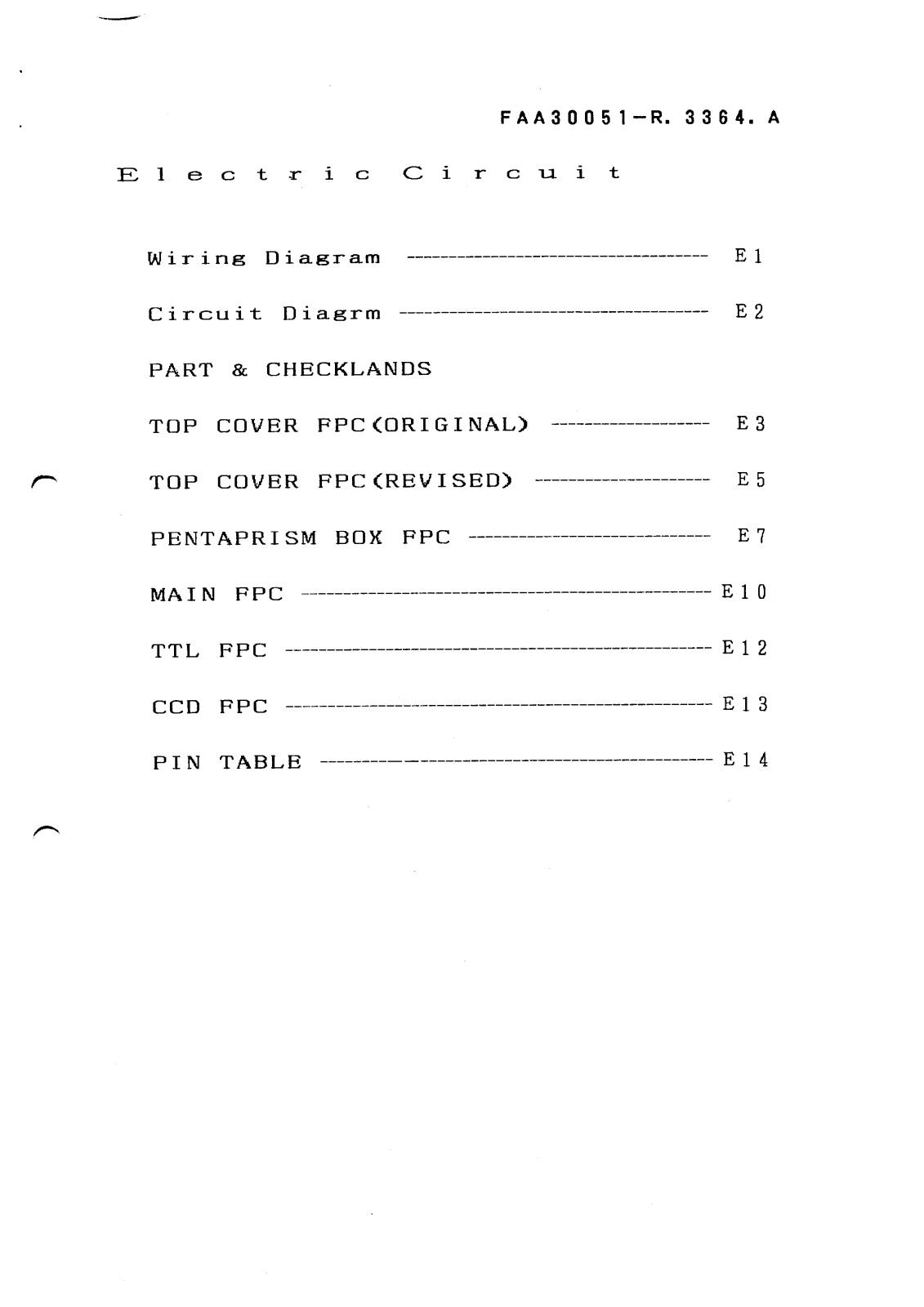
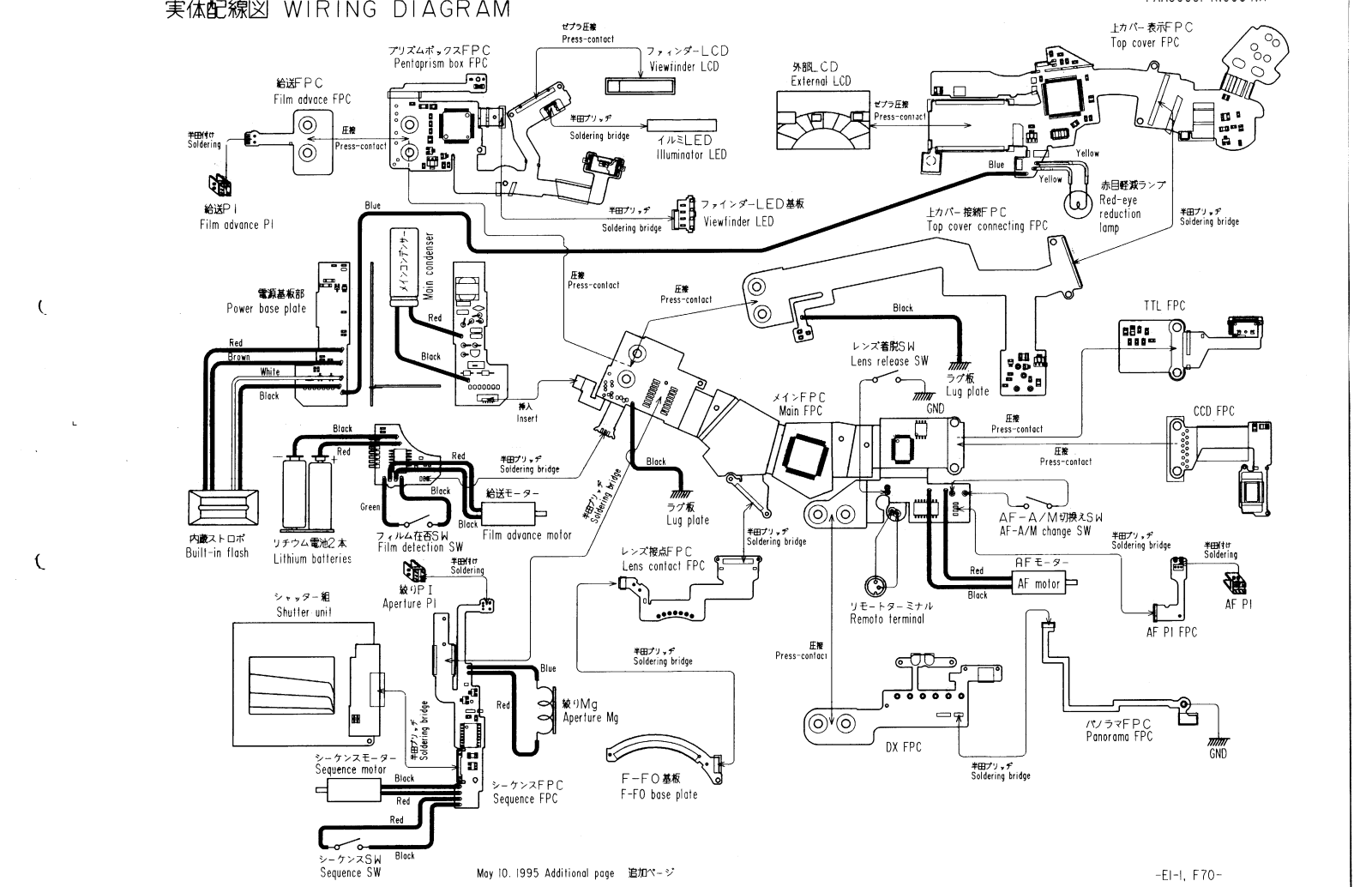
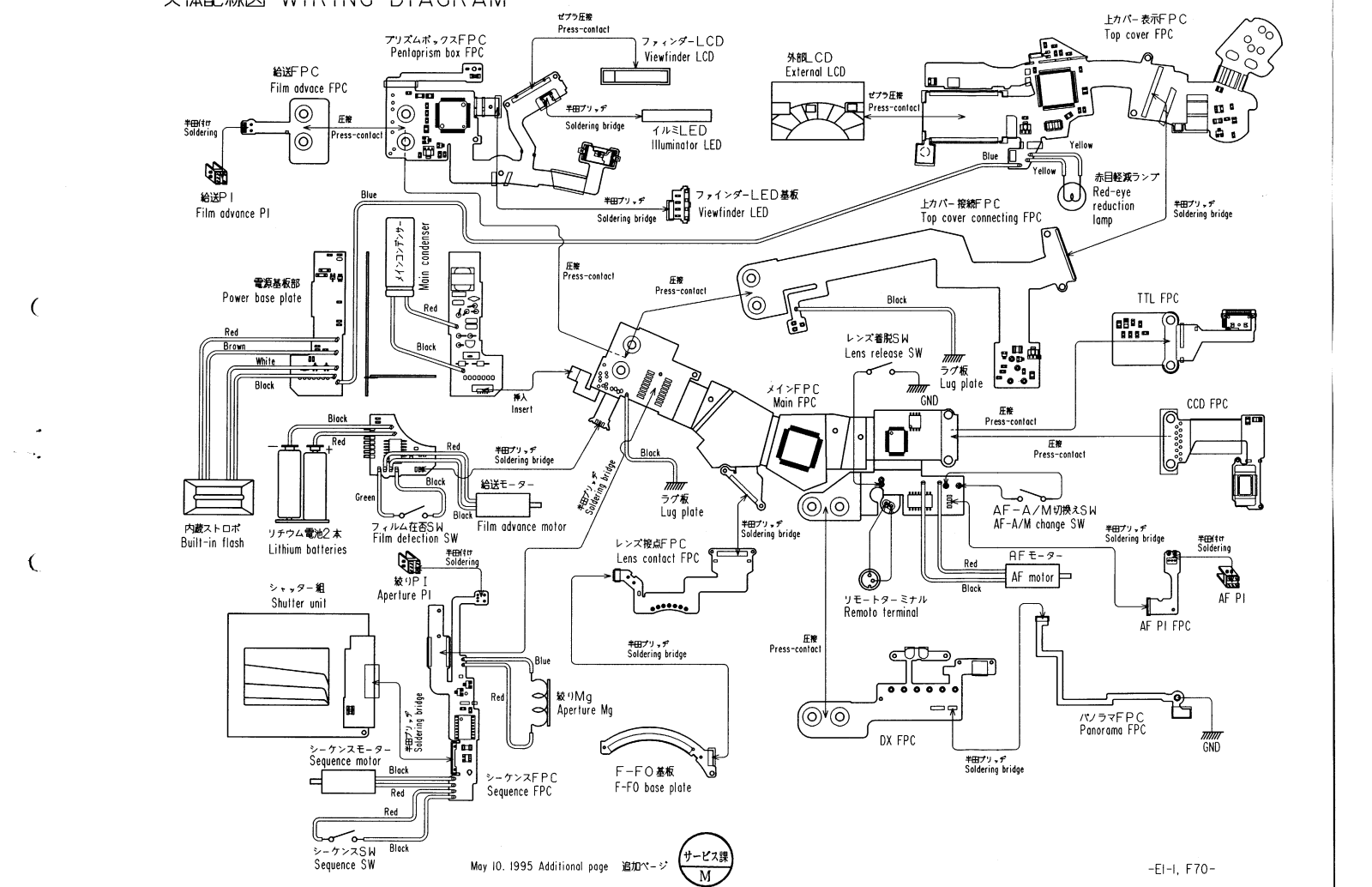
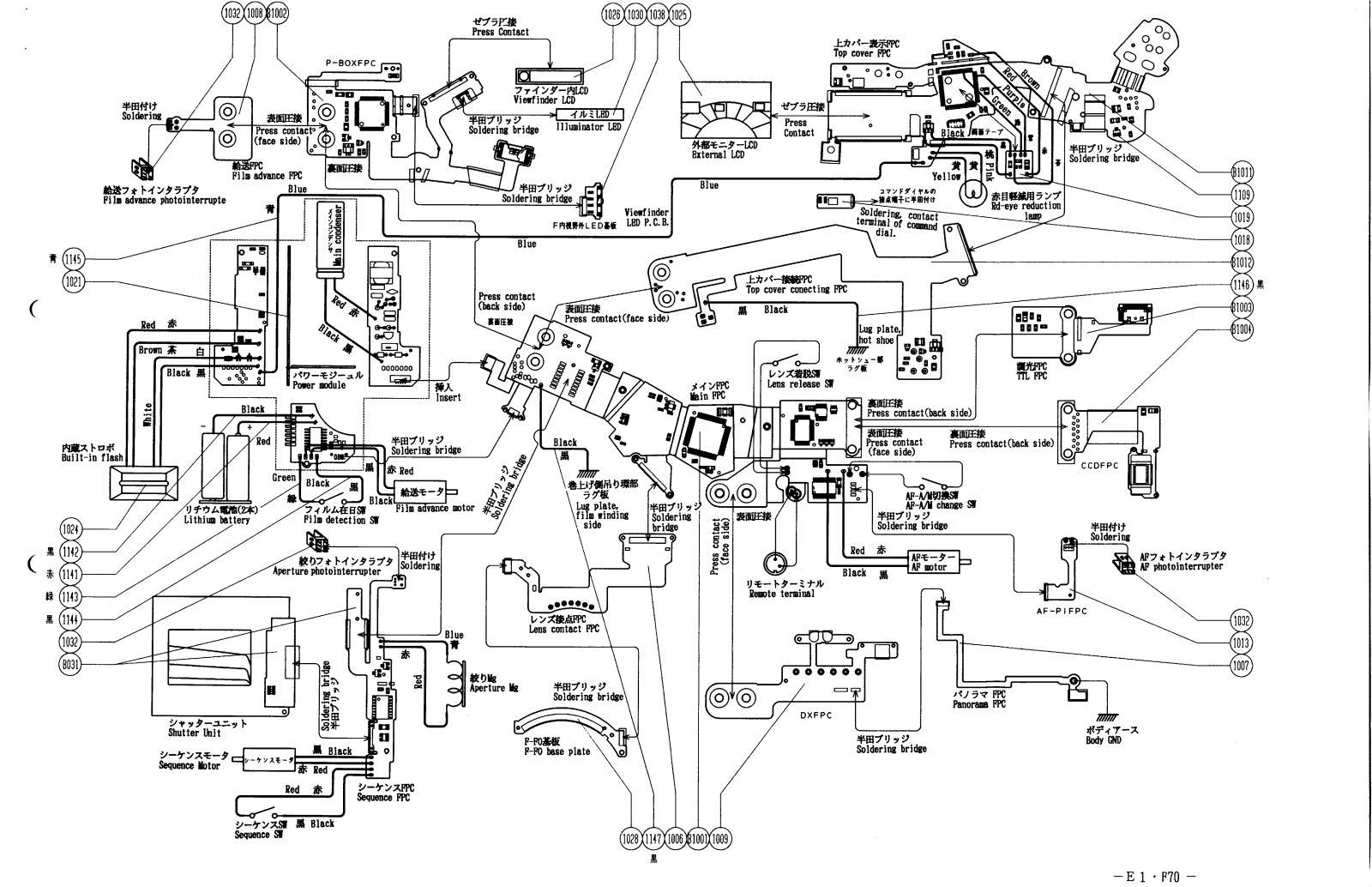
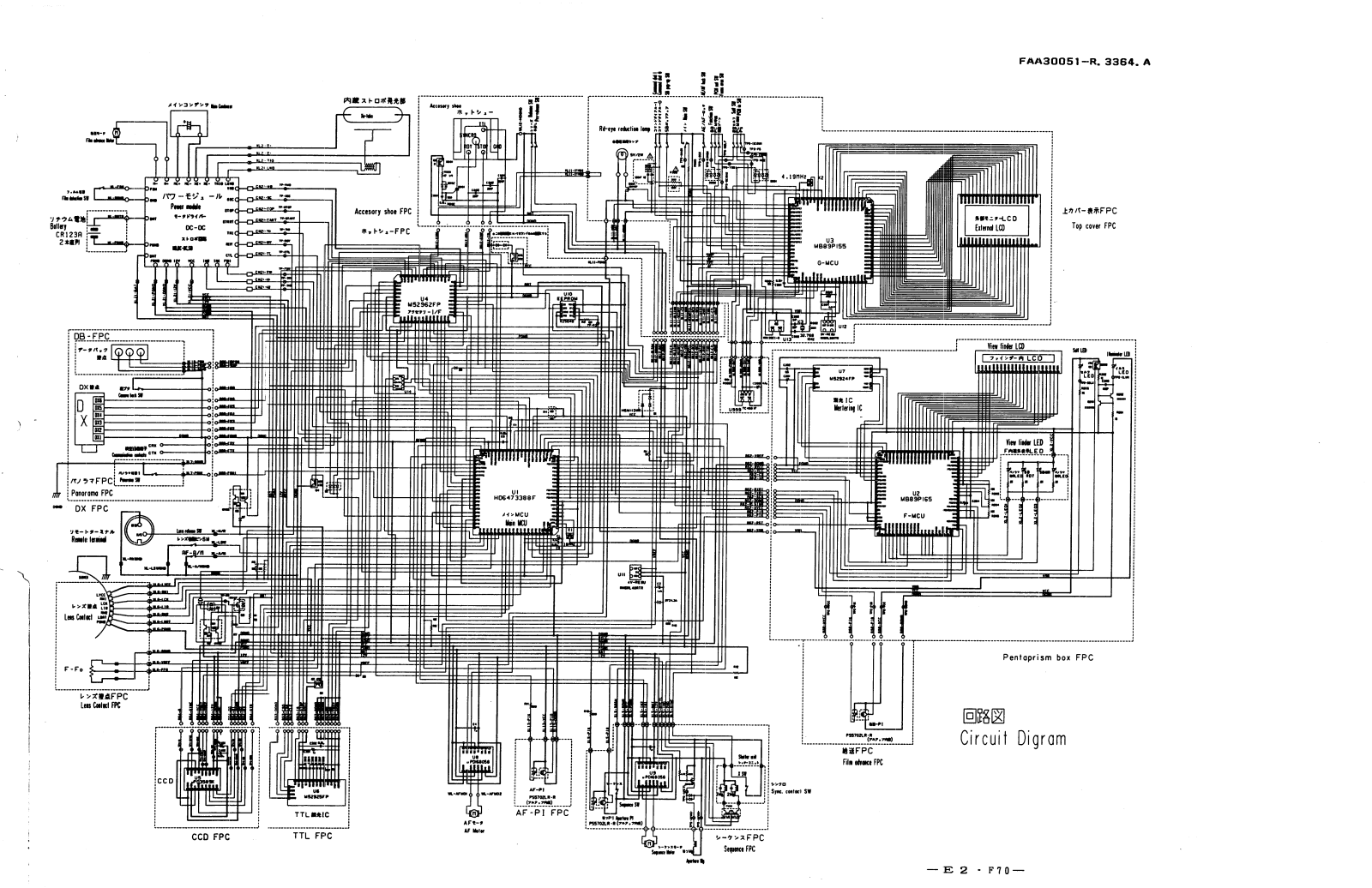
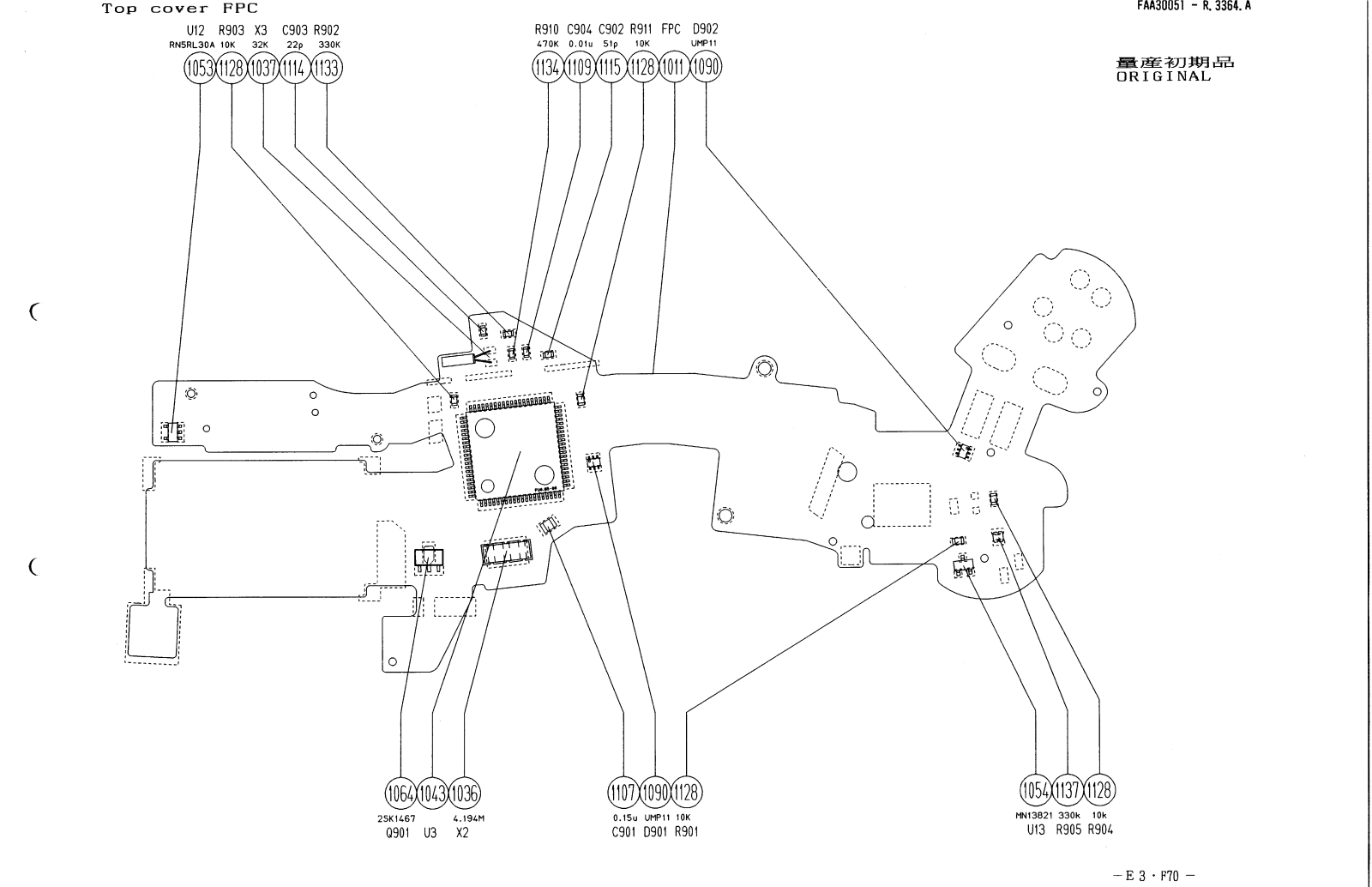
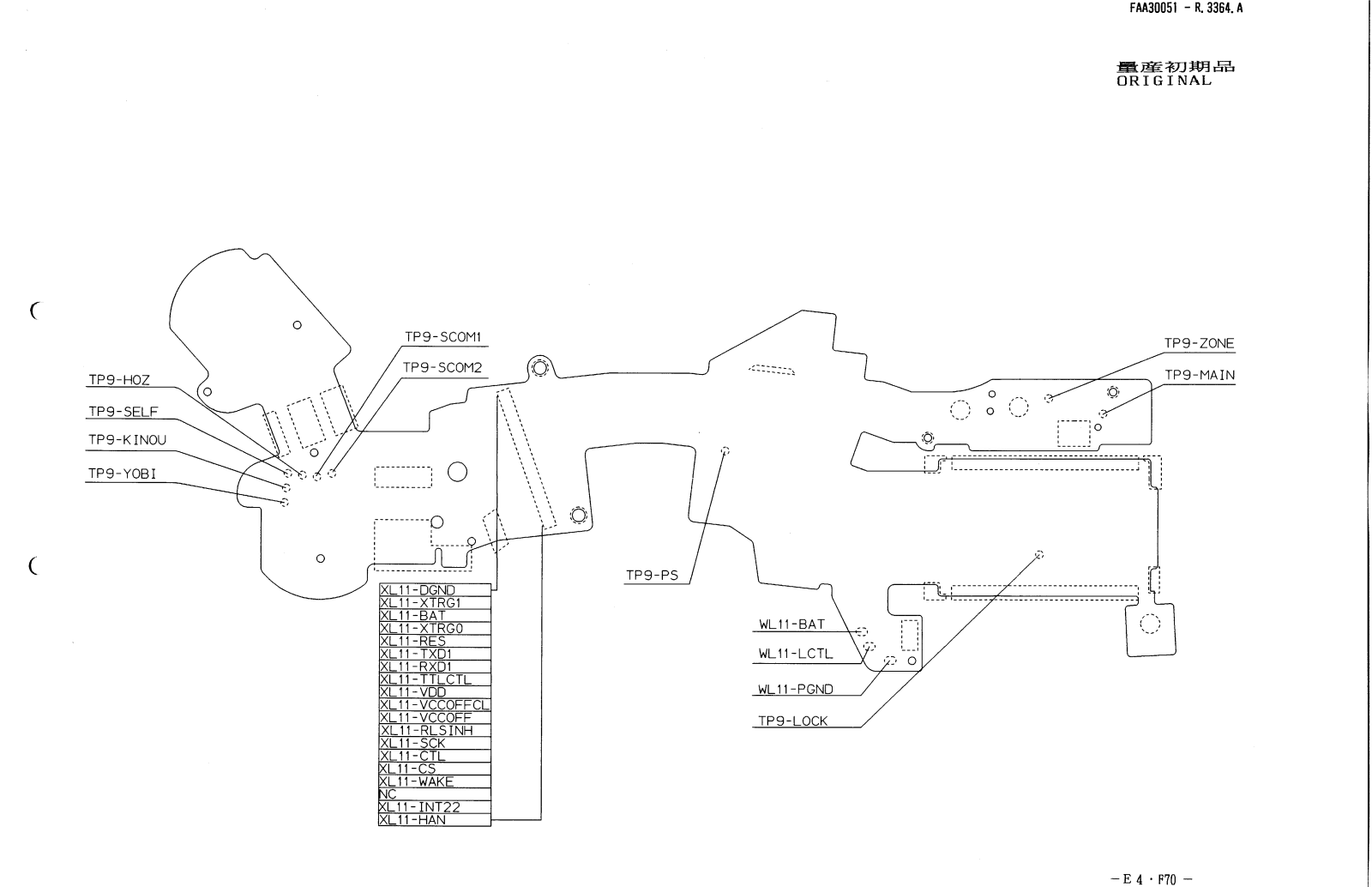
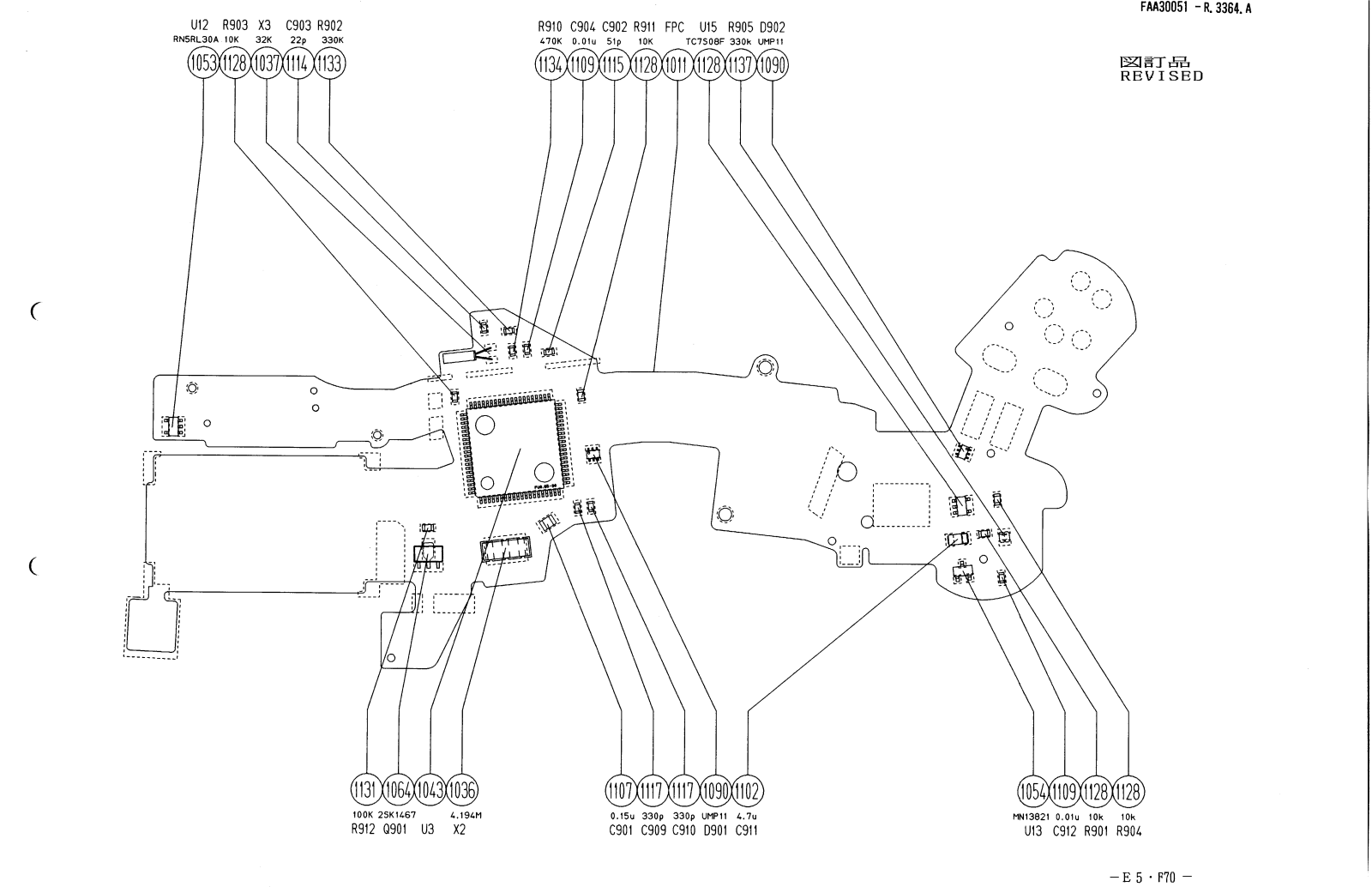
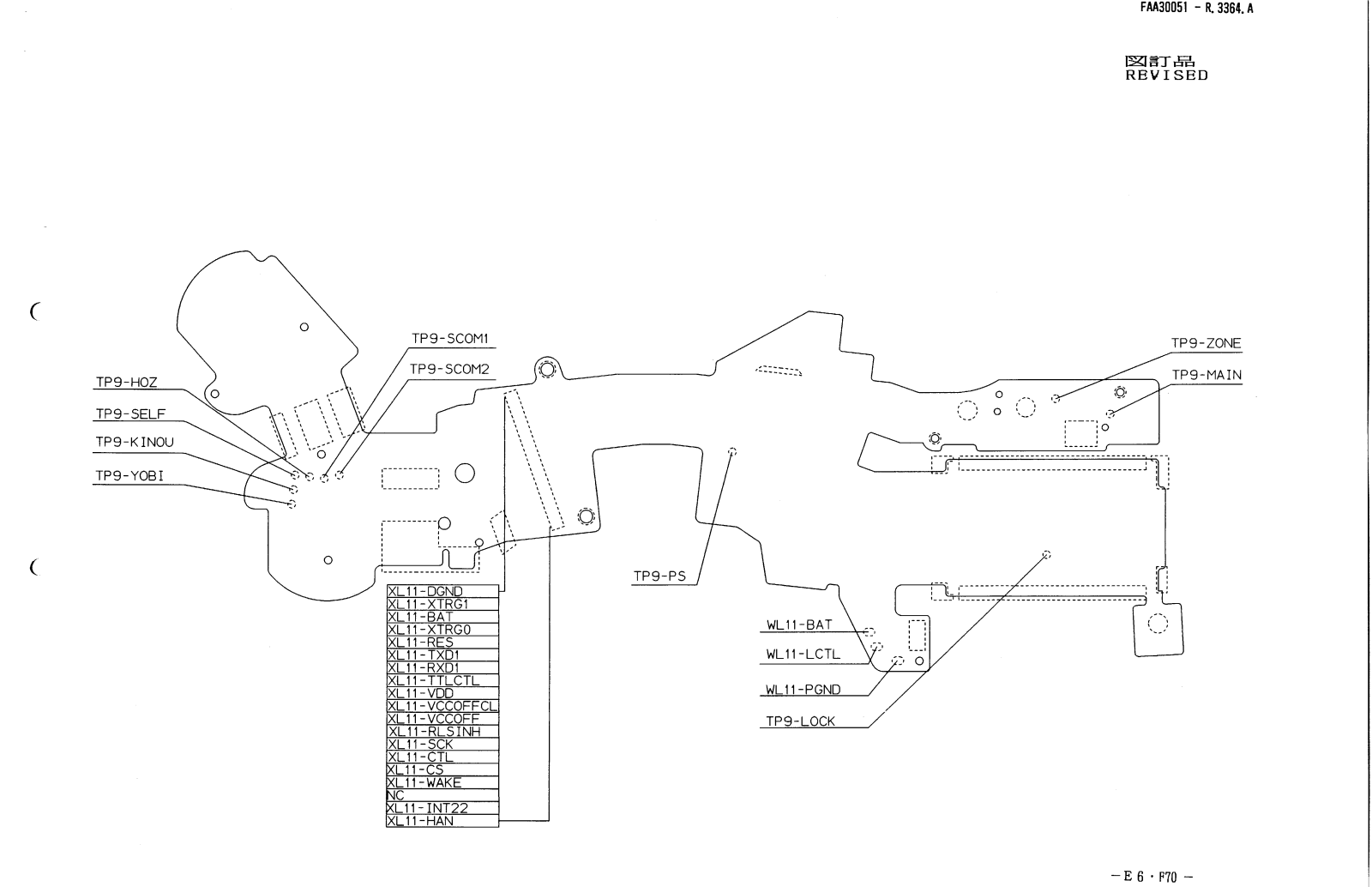
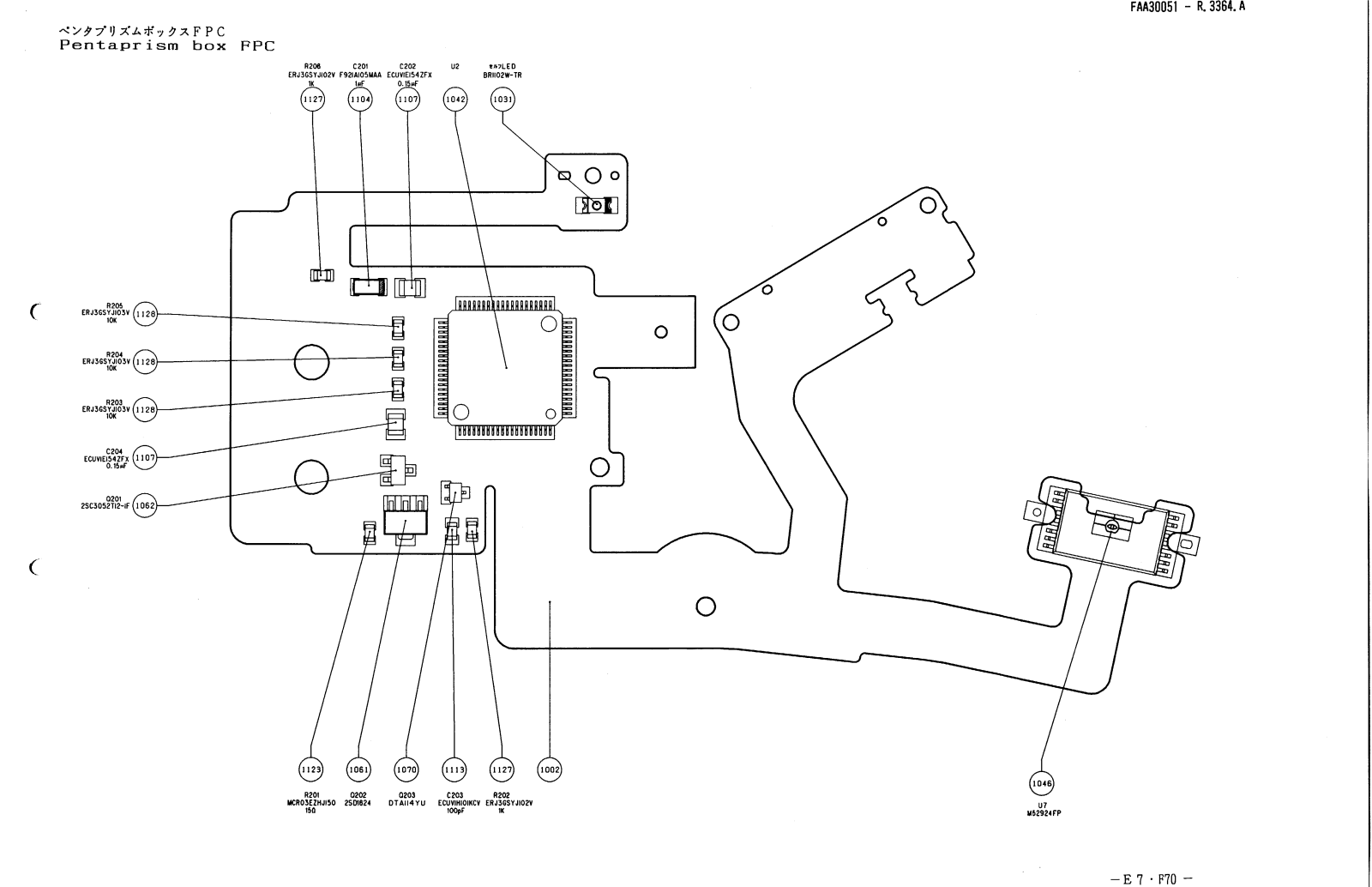
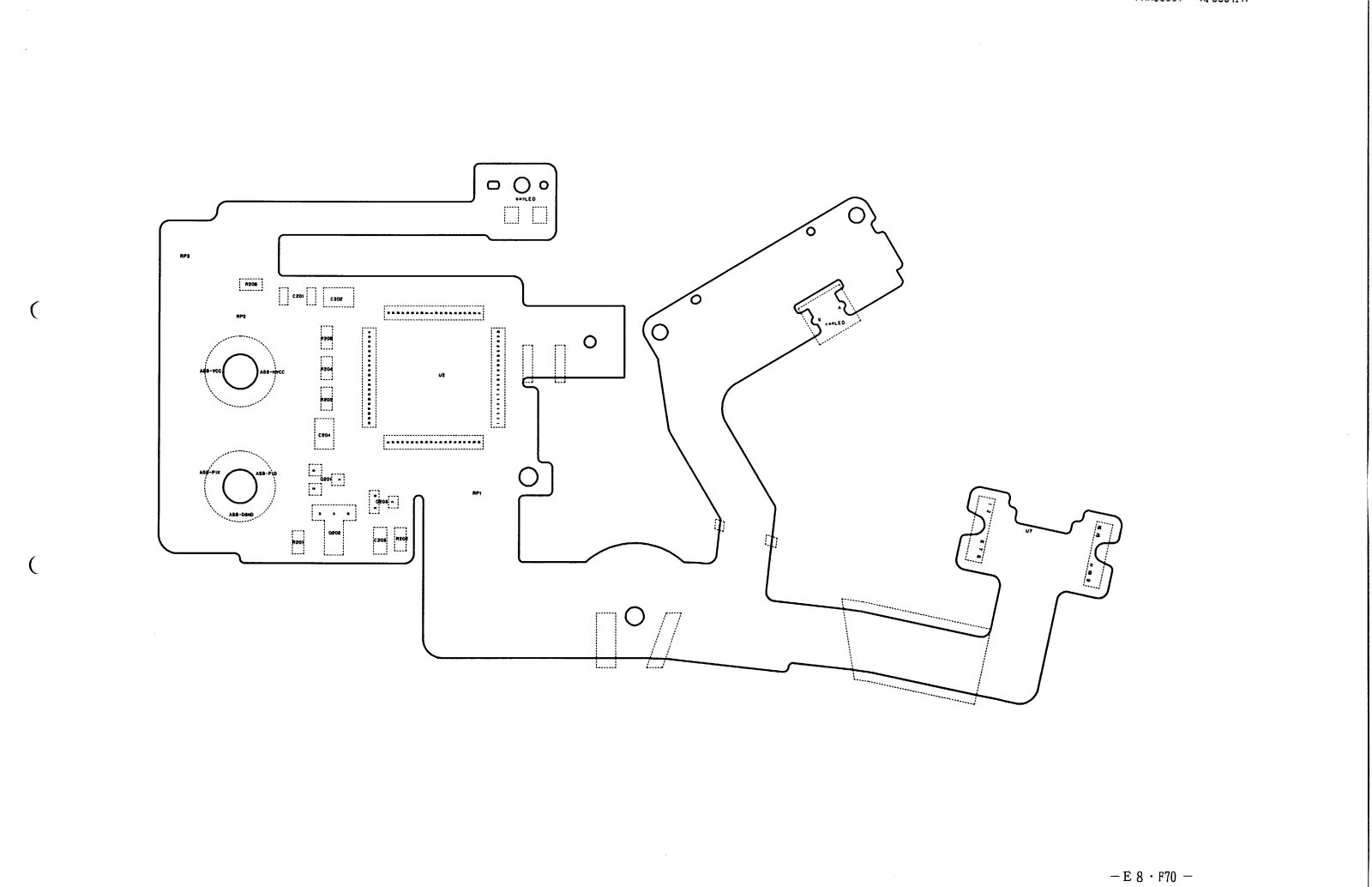
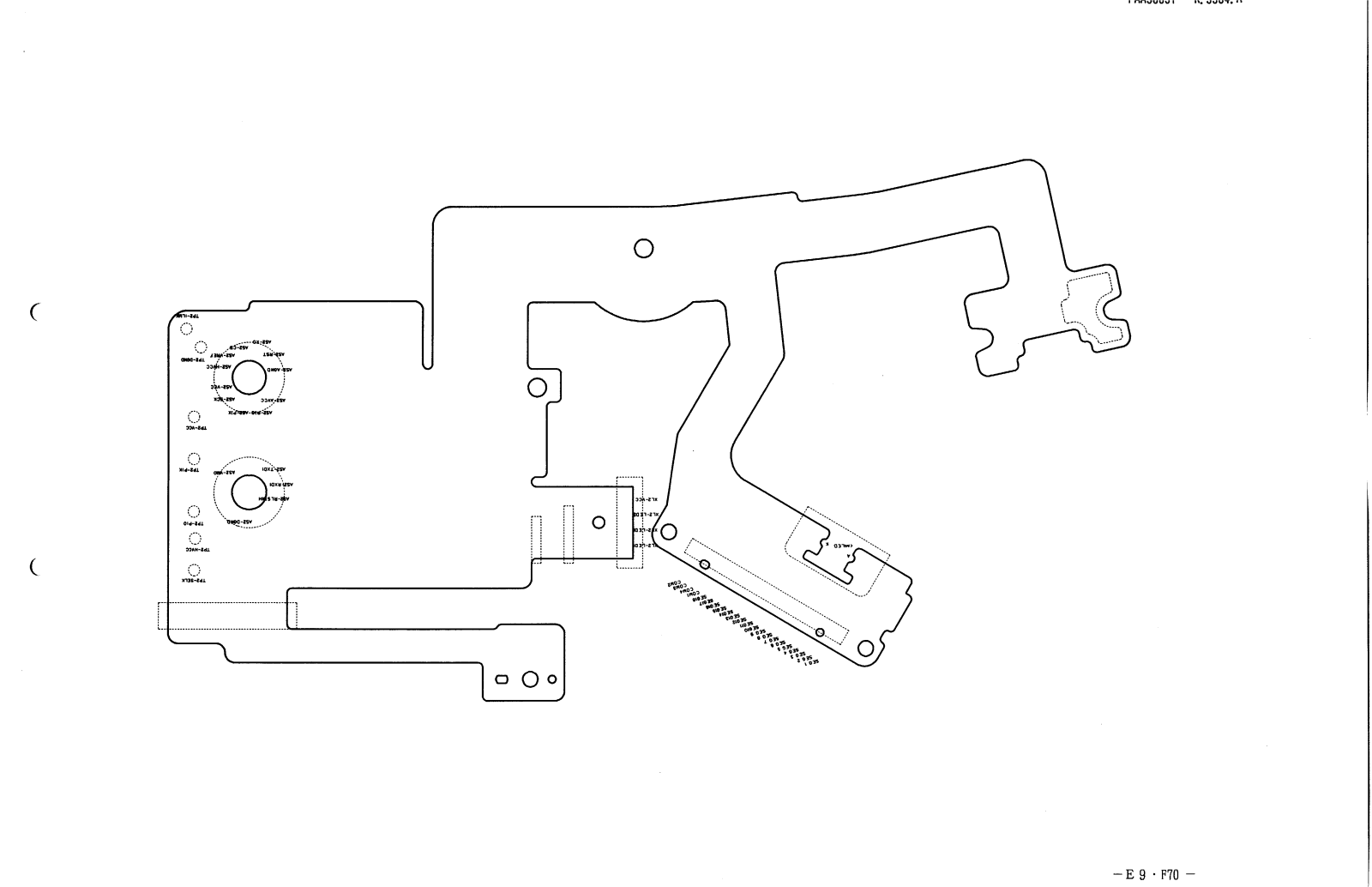
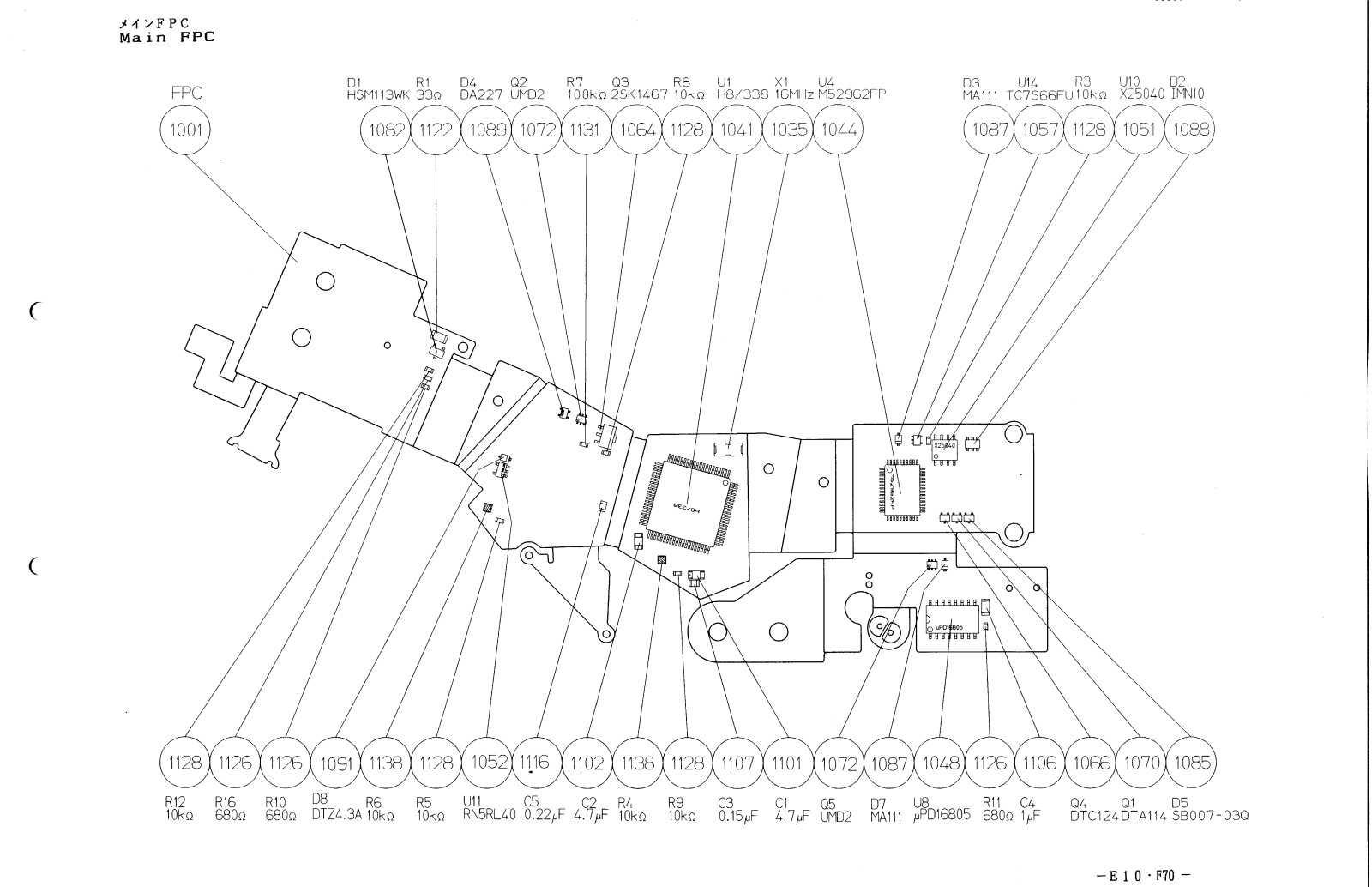
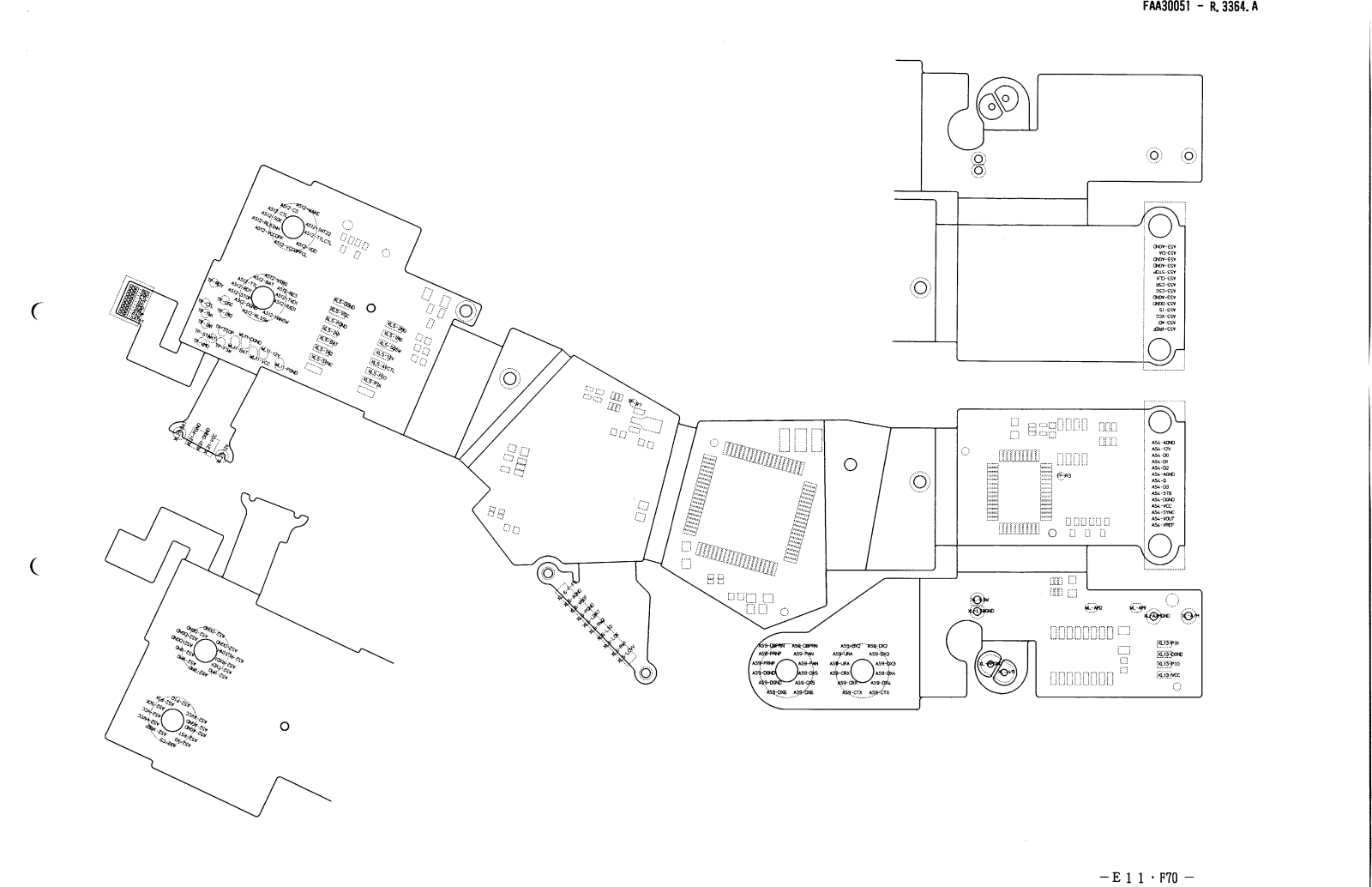
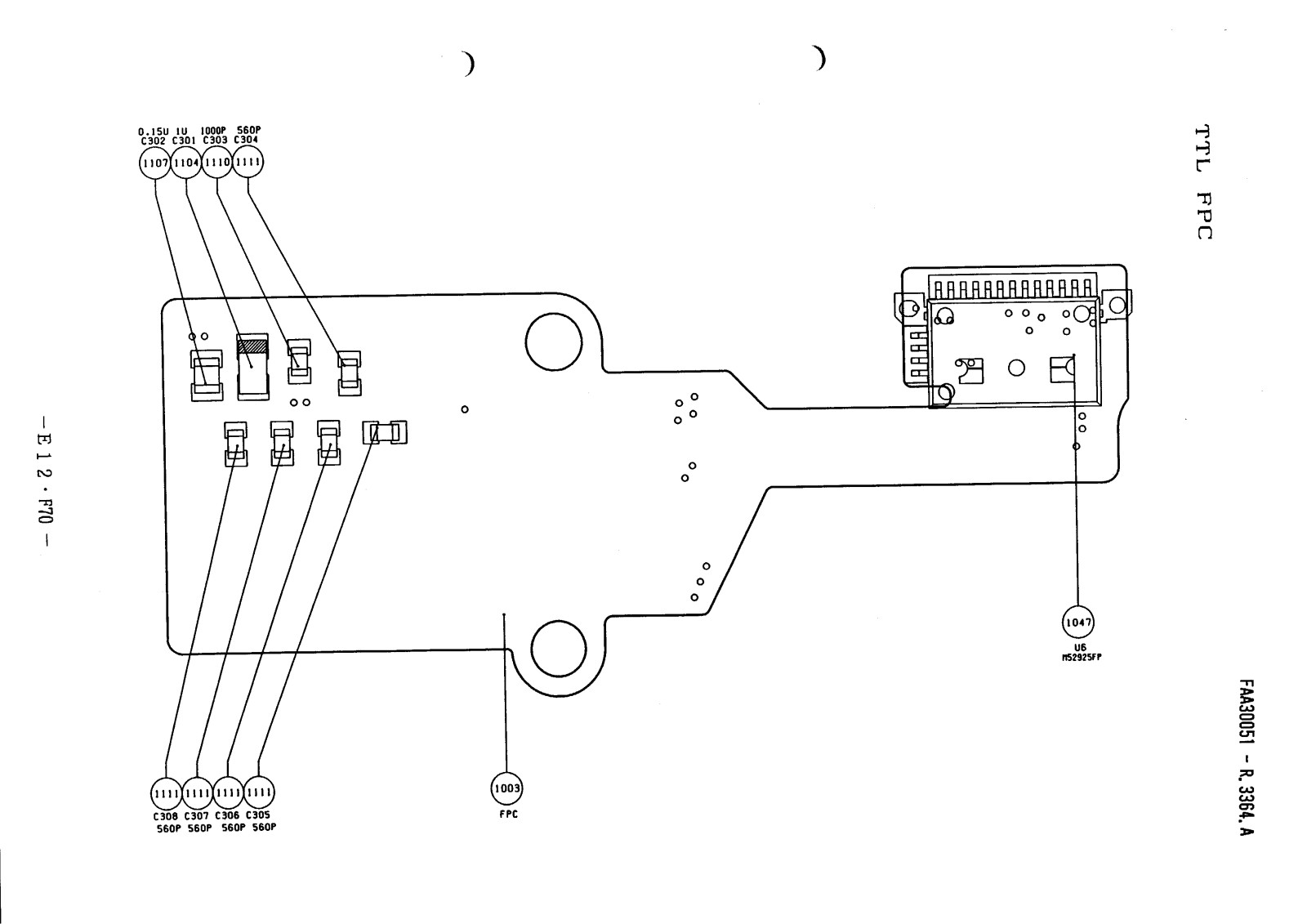
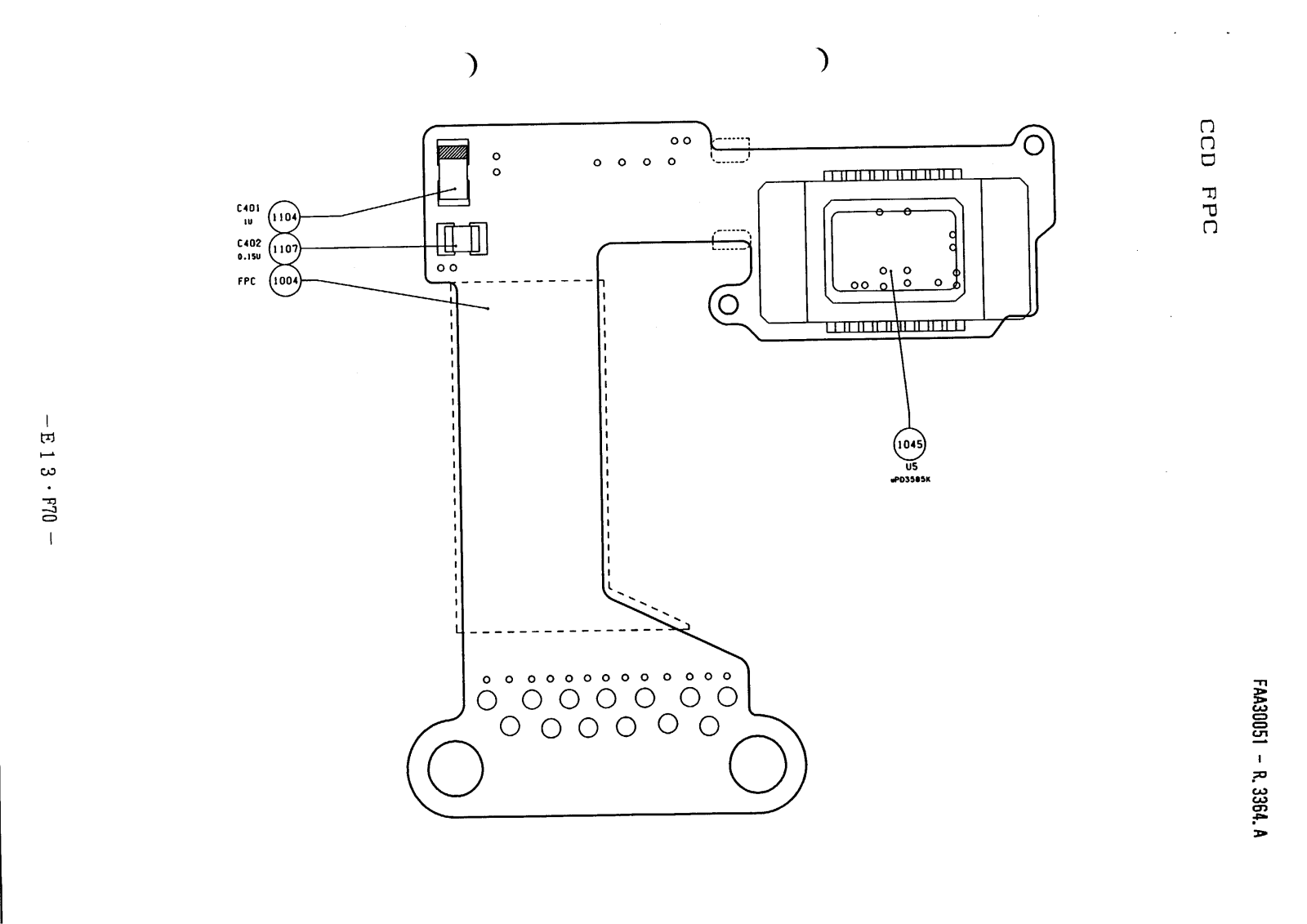
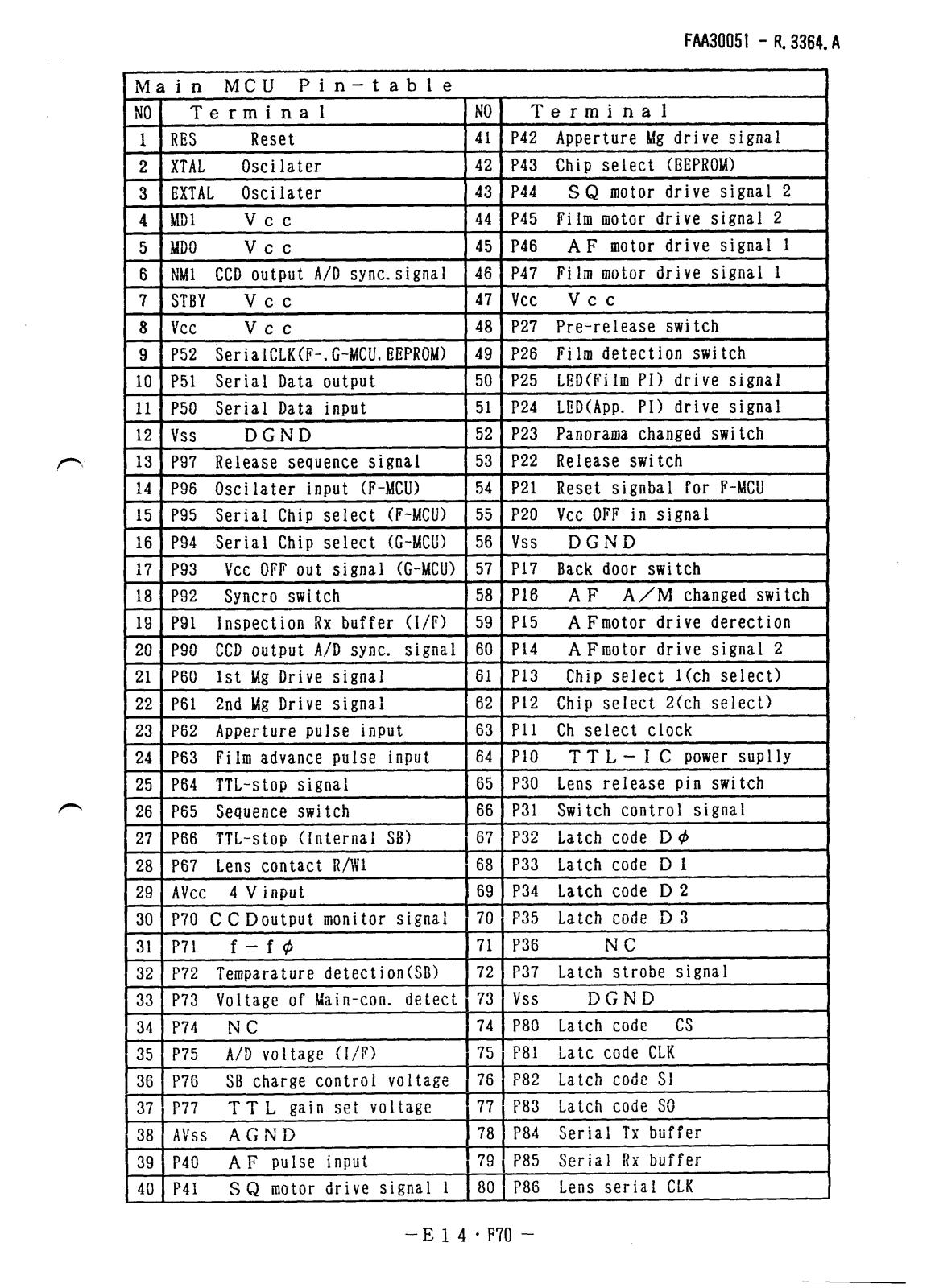
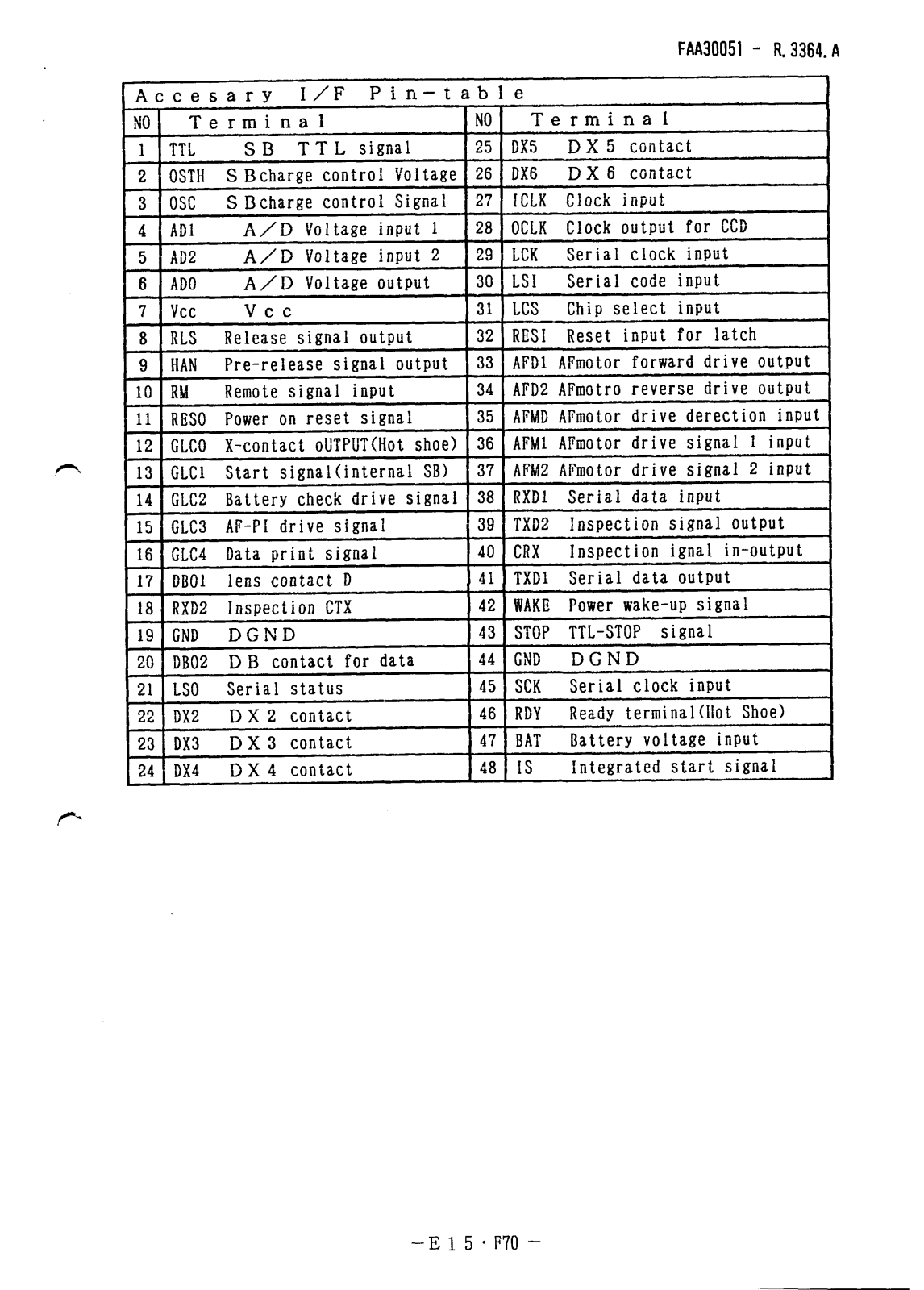
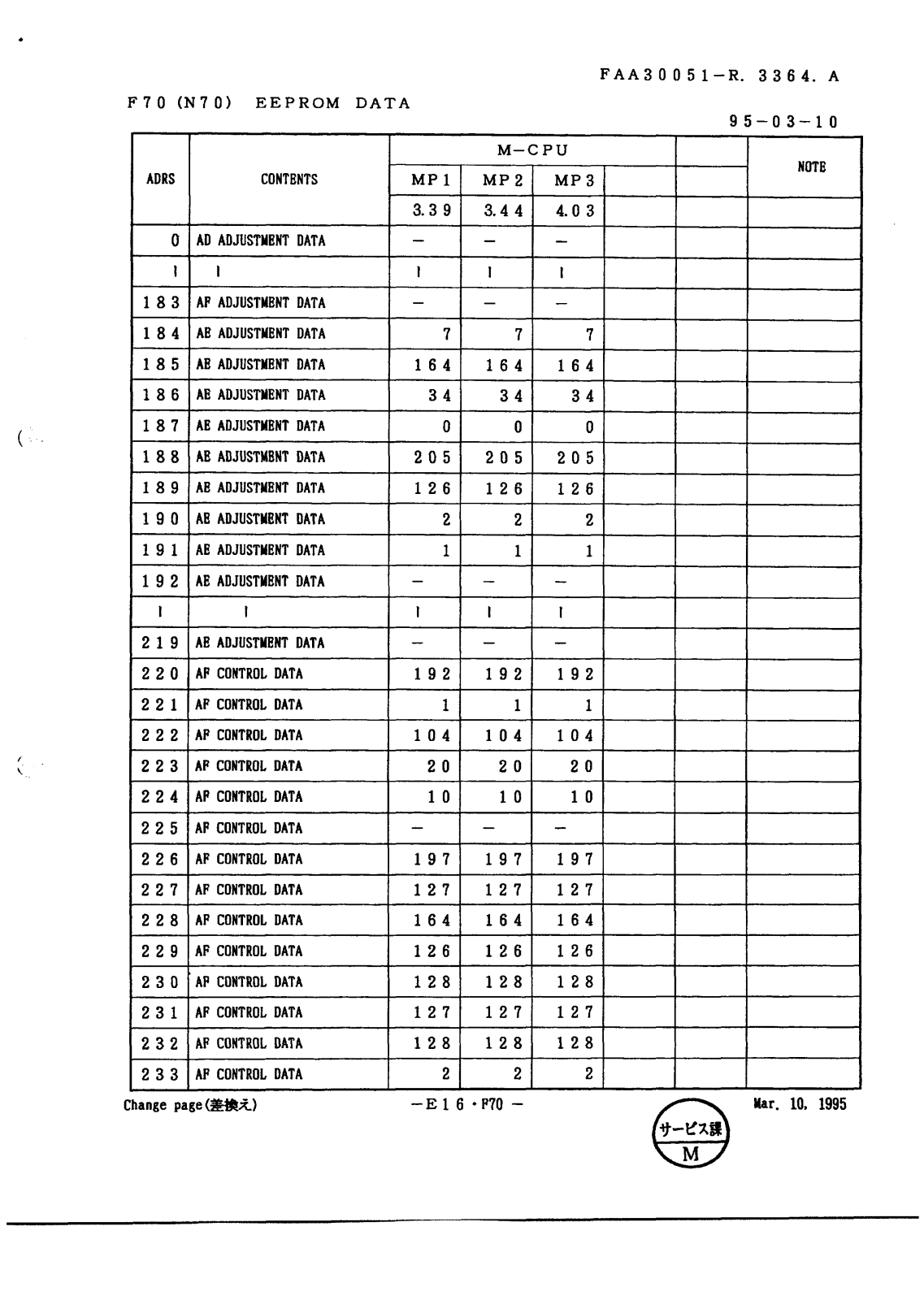
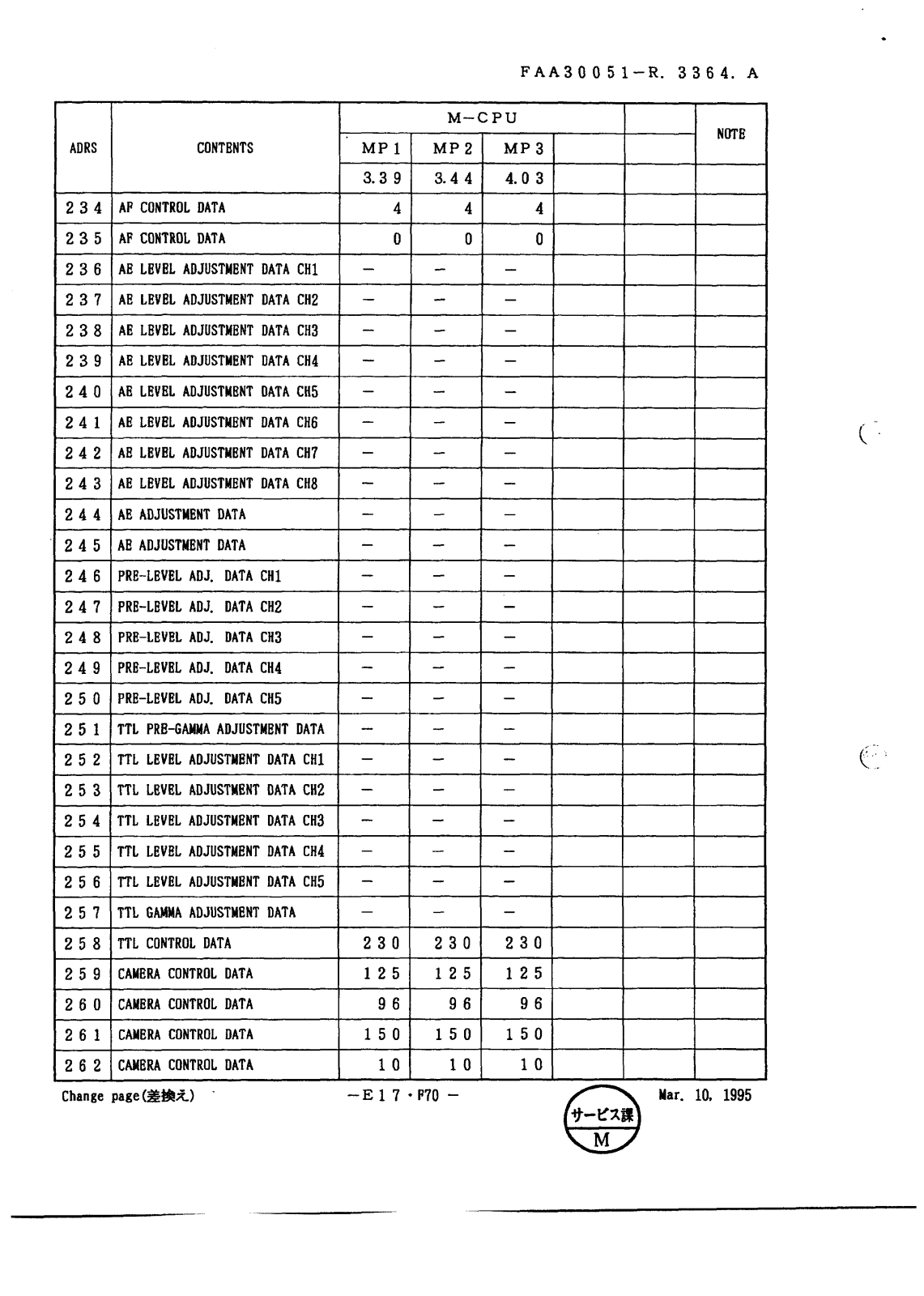
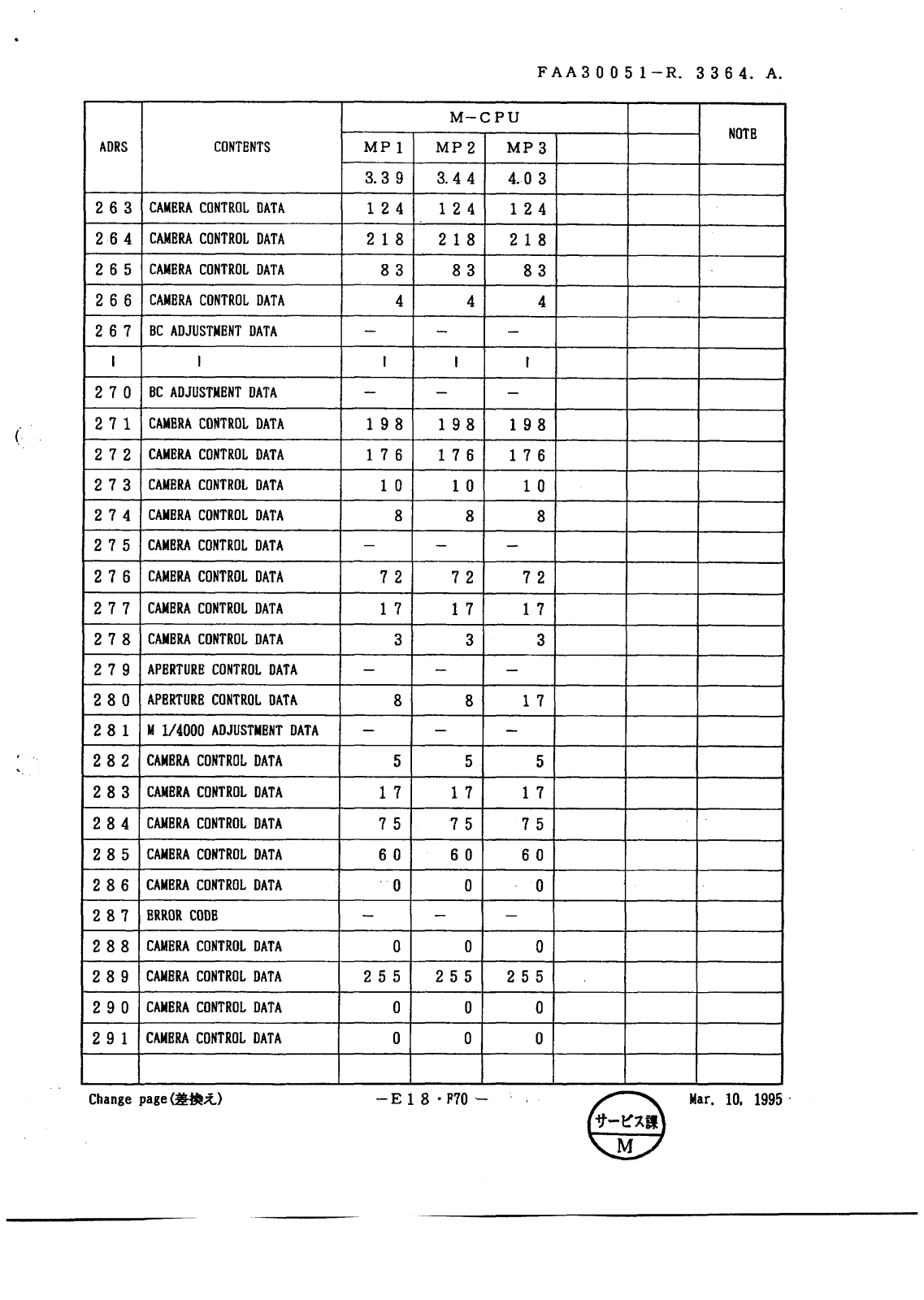






































































